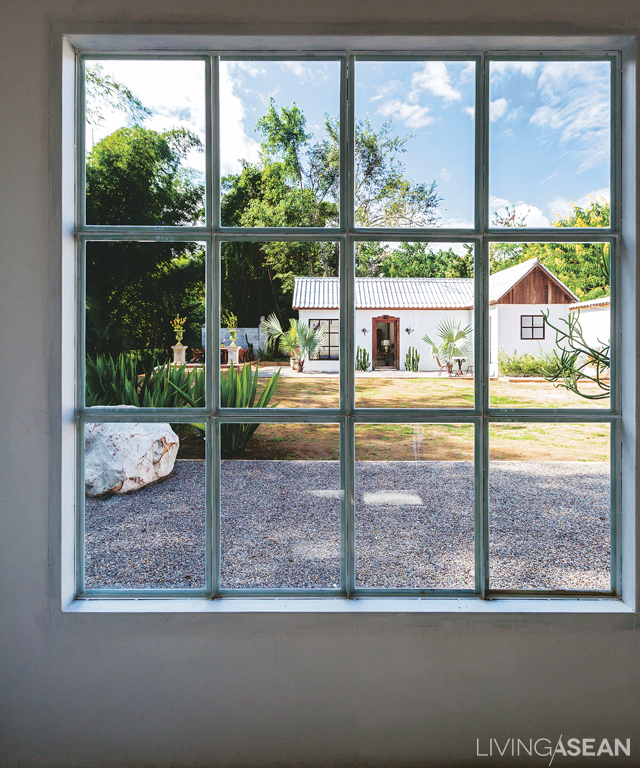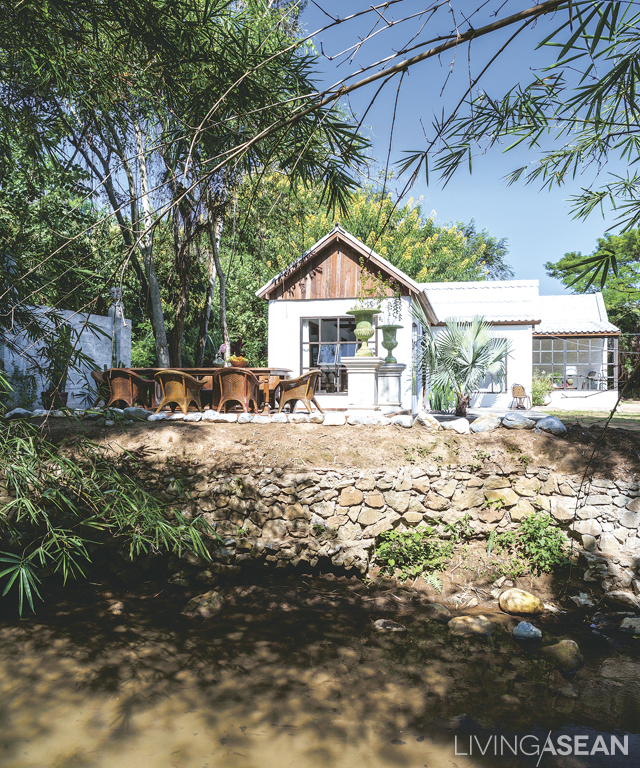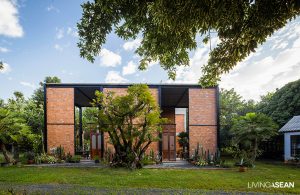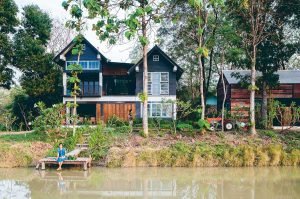/ Bangkok, Thailand /
/ Story: Lalitpan Cheumthaisong /English version: Bob Pitakwong /
/ Photographs: Ritthirong Chanthongsuk, Soopakorn Srisakul /
Some things never go out of style. Here’s a gorgeous urban home that’s clearly reminiscent of a townhouse in earlier times. Its impressive stylishness exudes both class and relaxation, but looks can be deceiving. Albeit rather old-fashioned in appearance, this townhouse in Bangkok was built not long ago; and yet it expresses the visible form, the finishing and decoration that bring vintage elegance back to life.
The beautiful two-story residence belongs to interior designer Napaporn Pothirach, who bought it from a property developer while it was still under construction. She came in only just in time to apply improvement ideas to the original design.
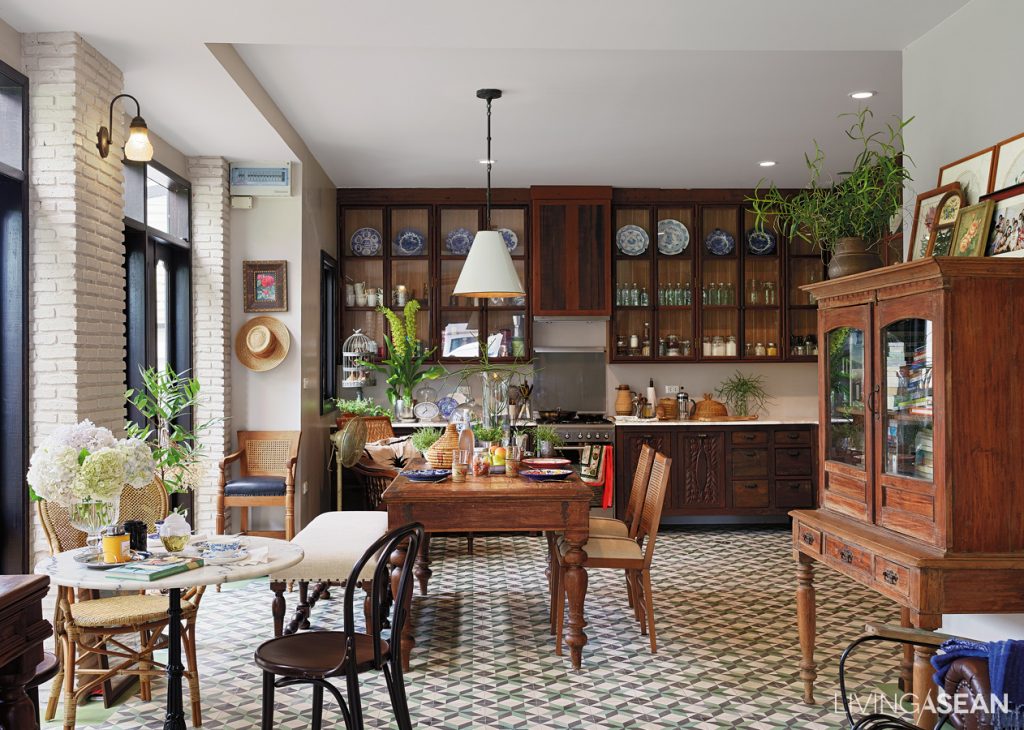
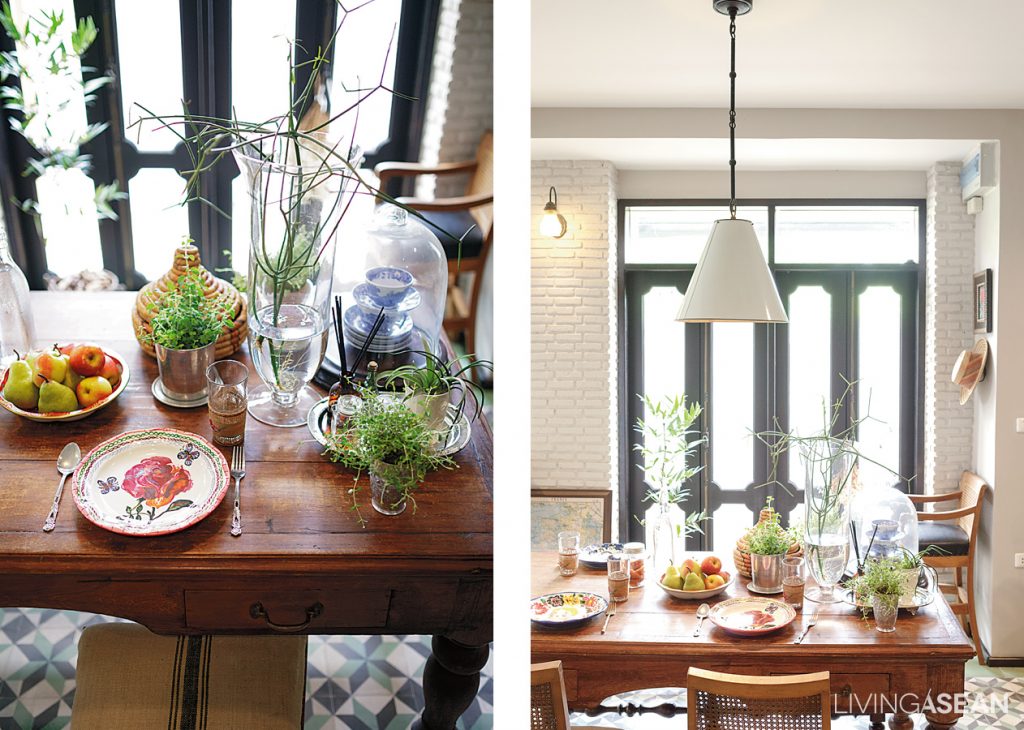
For a well-lit interior, Napaporn replaced solid walls with an array of glass doors with transom windows. Stairway walls and ceilings on the upper floor were removed to make the room feel larger and more connected. Some of the original windows deemed to be too small were replaced with bigger ones.
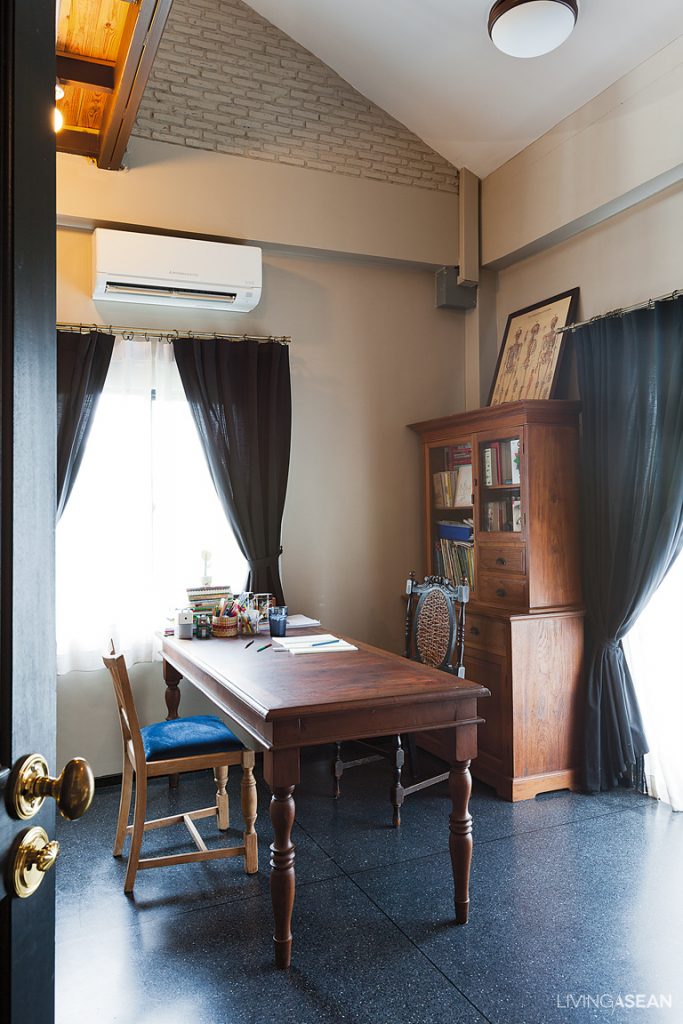
The homeowner even found a way to create an attic for her kids, turning the space directly below the pitched roof of the house into an extra room. An aberration from a typical townhouse perhaps? But for the children, it seems like a good idea, something fun, functional and happy.
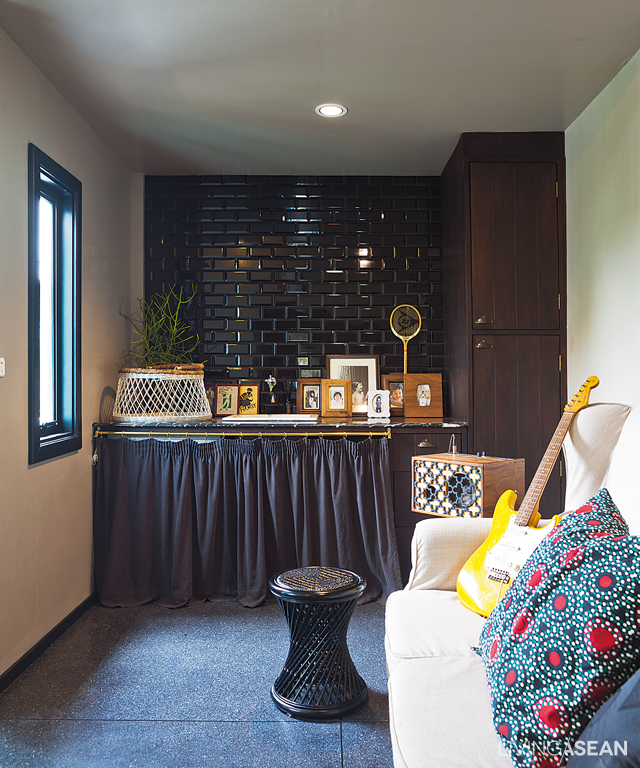
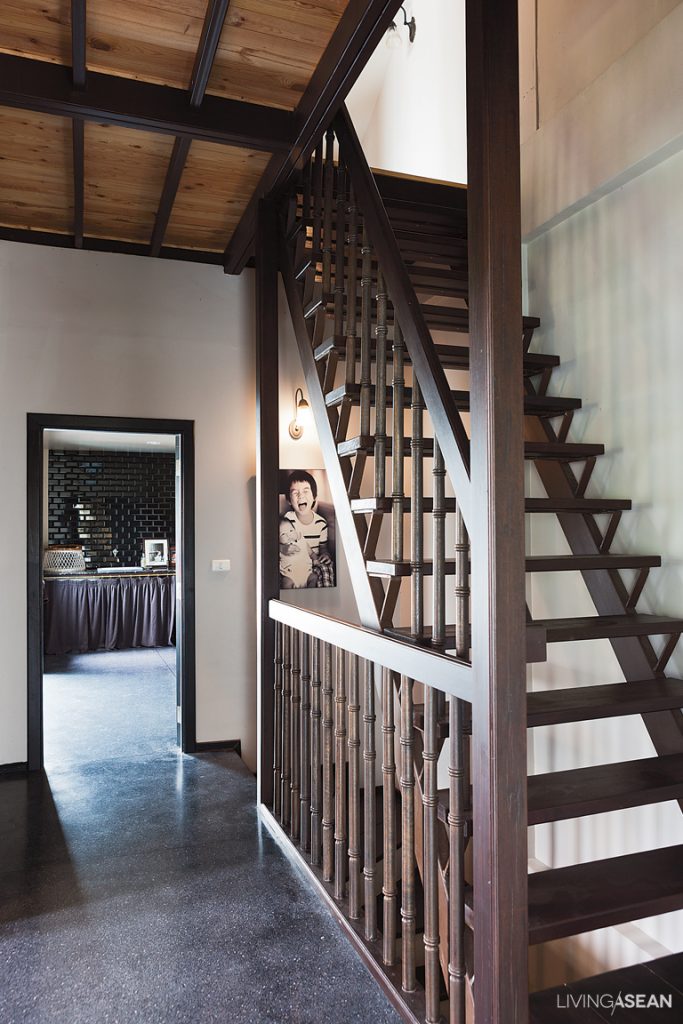
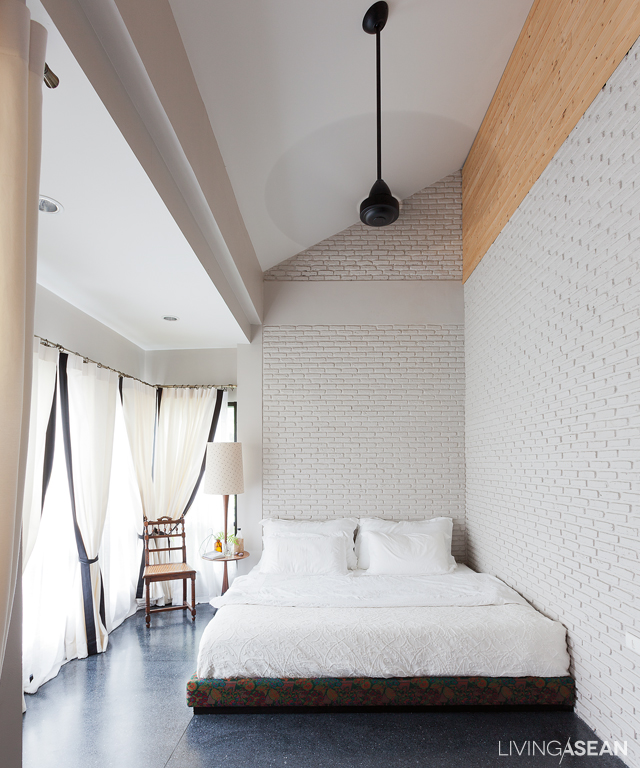
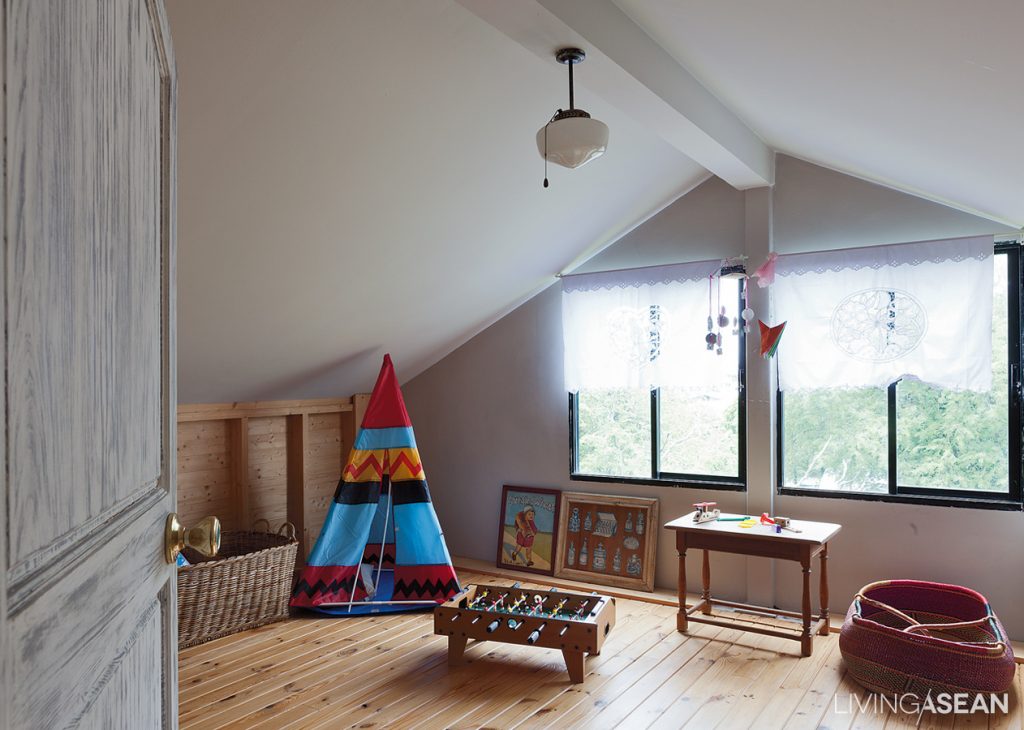
Taken as a whole, the wooden parts of the house bespeak the homeowner’s passion for woodwork. They include window casings and frames, doors, antique décor, crafts and all things made from wood. Napaporn designed all the built-in furniture, fittings and other ornaments herself.
Among others, wooden cupboards with intricate carvings stand out from the rest. Needless to say, the overall effect is impressive.
Napaporn admitted, with a smile, that she sometimes bought decorative accessories with no specific plan to put them. That’s something which came later on. What a nice fluke! They turned out to be a perfect mix and match style with a common hue.

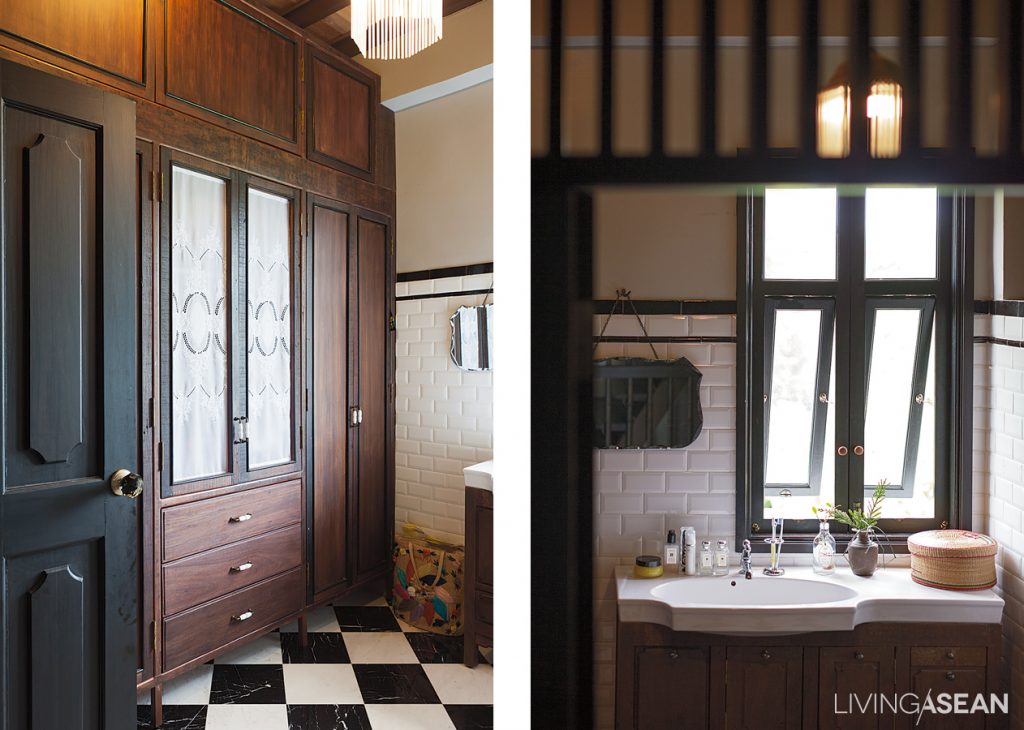
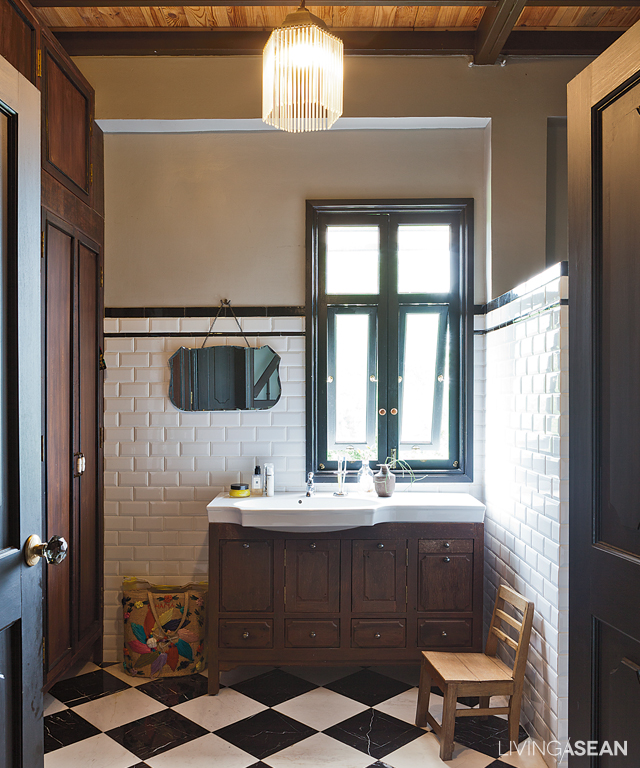
“I once had the opportunity of visiting the house of Geoffrey Bawa, my favorite architect,” said Napaporn when asked about her inspiration.
“I learned the concepts of space management and the art of applying cultural identity to design. They are the qualities that make a residence feel cozy, charming and timelessly livable.”
Space management as a concept may be simple, yet in practice it’s never easy. This townhouse with all the charm and character has proved one thing. The homeowner has successfully managed to put her newfound knowledge to good use. And it showed in the utilization of space and resources, and the way she intelligently designed and decorated her home with crafts.
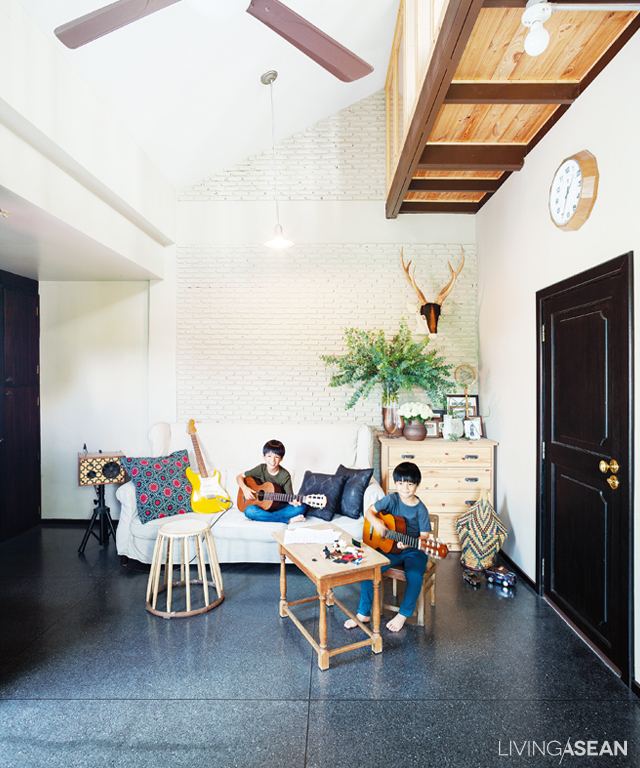
Owner/Designer: Napaporn Pothirach
You may also like…
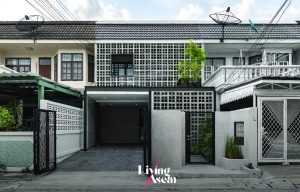 Never Too Small: Renovation Gives a Townhouse the Atmosphere of Home
Never Too Small: Renovation Gives a Townhouse the Atmosphere of Home

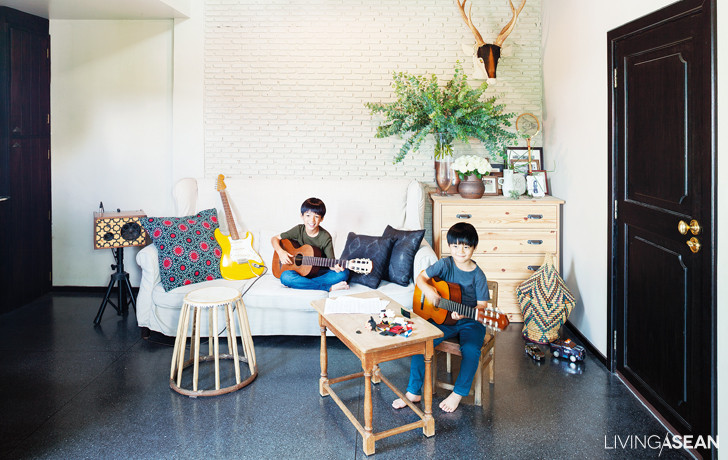
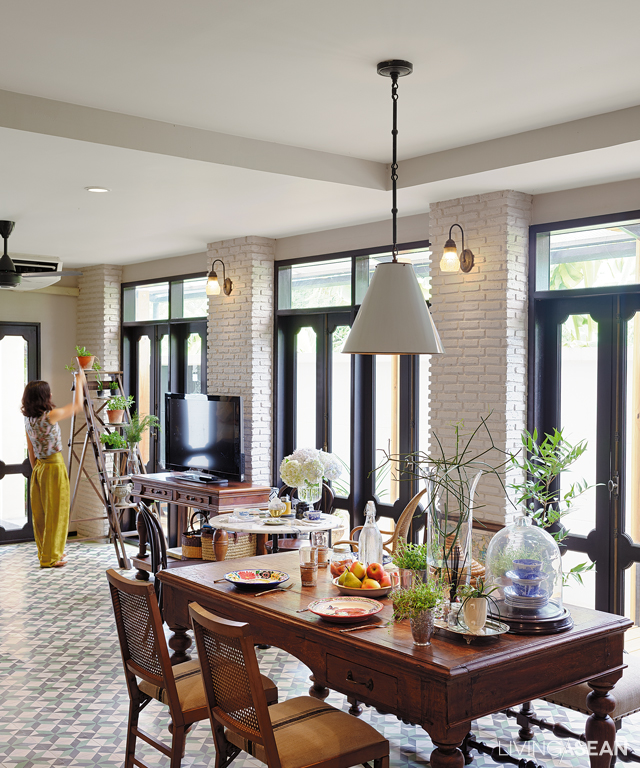
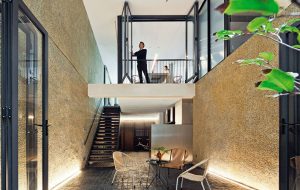
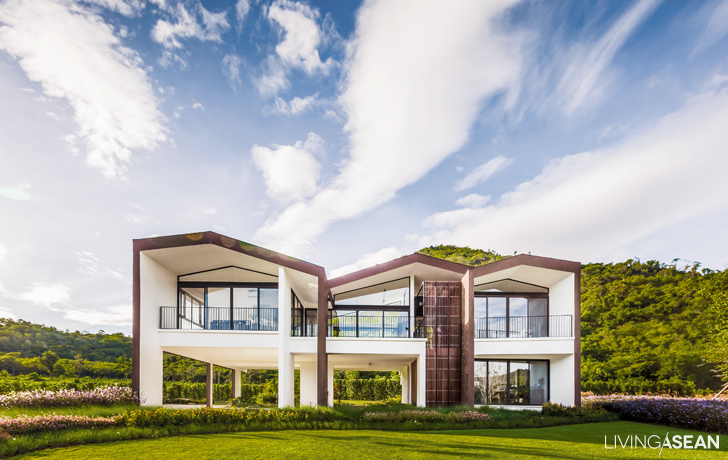
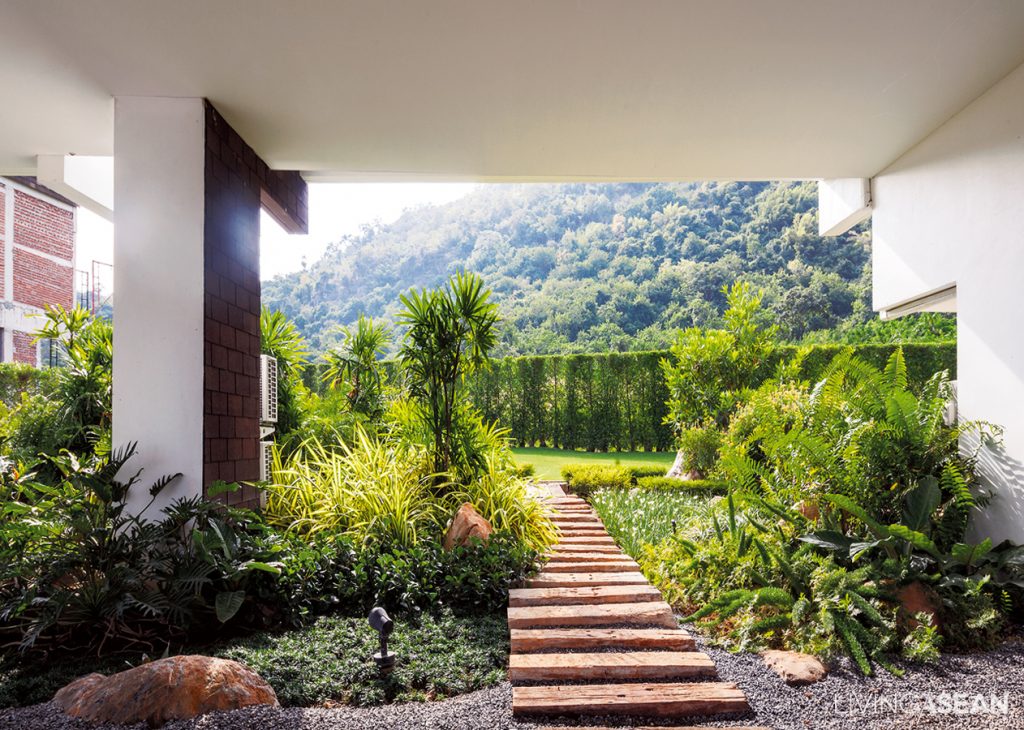
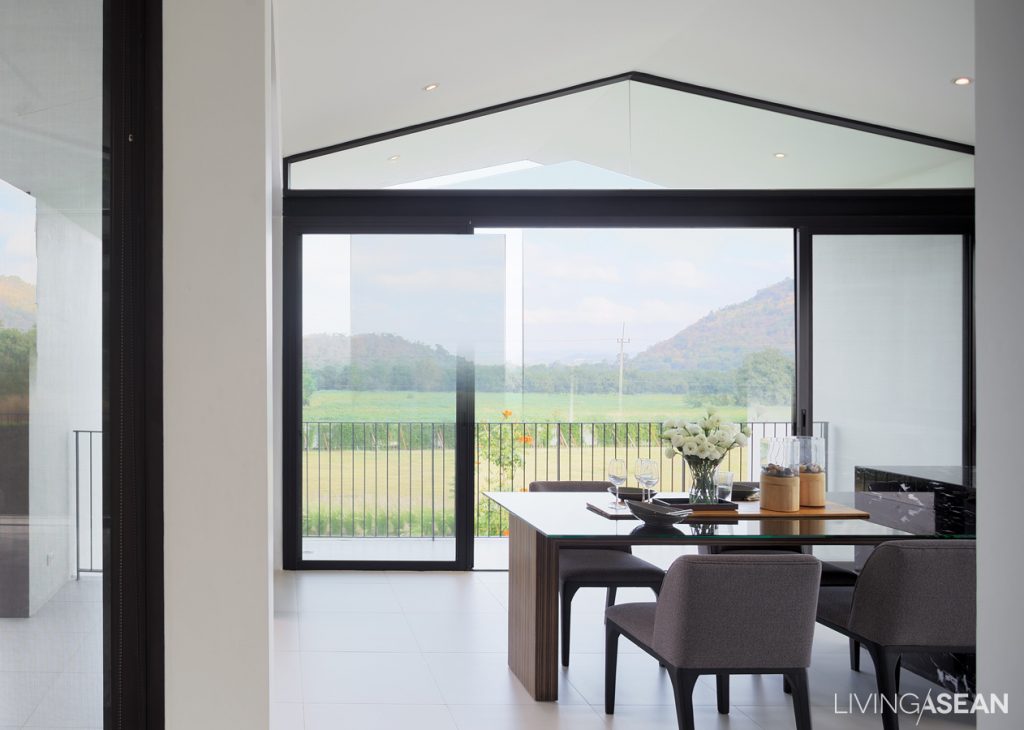
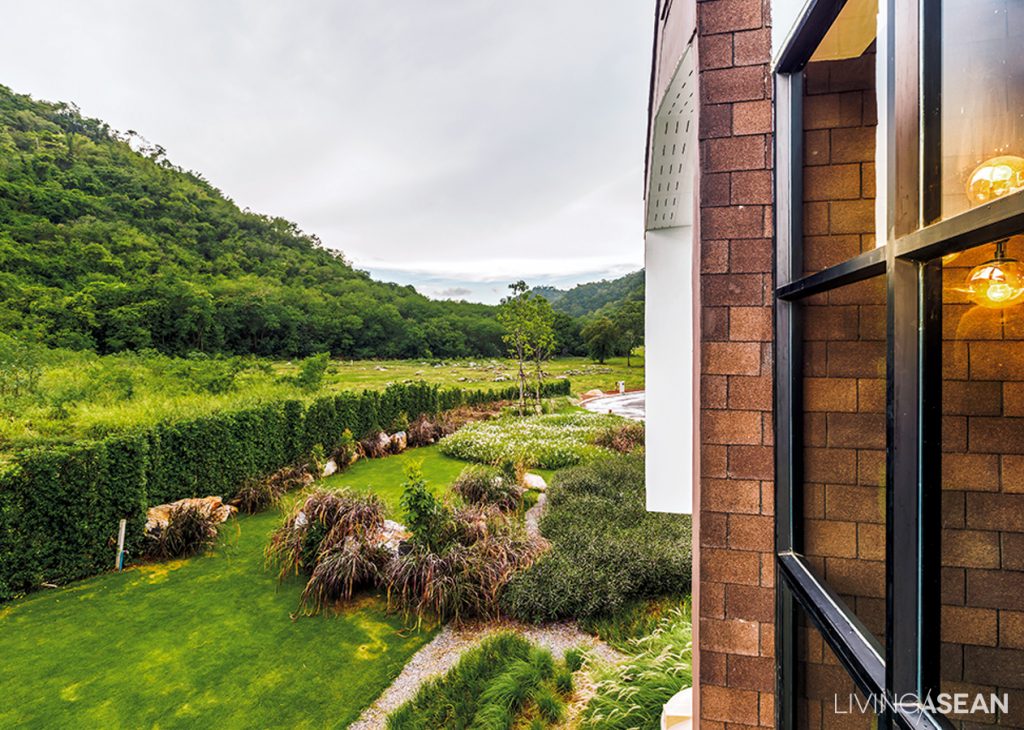
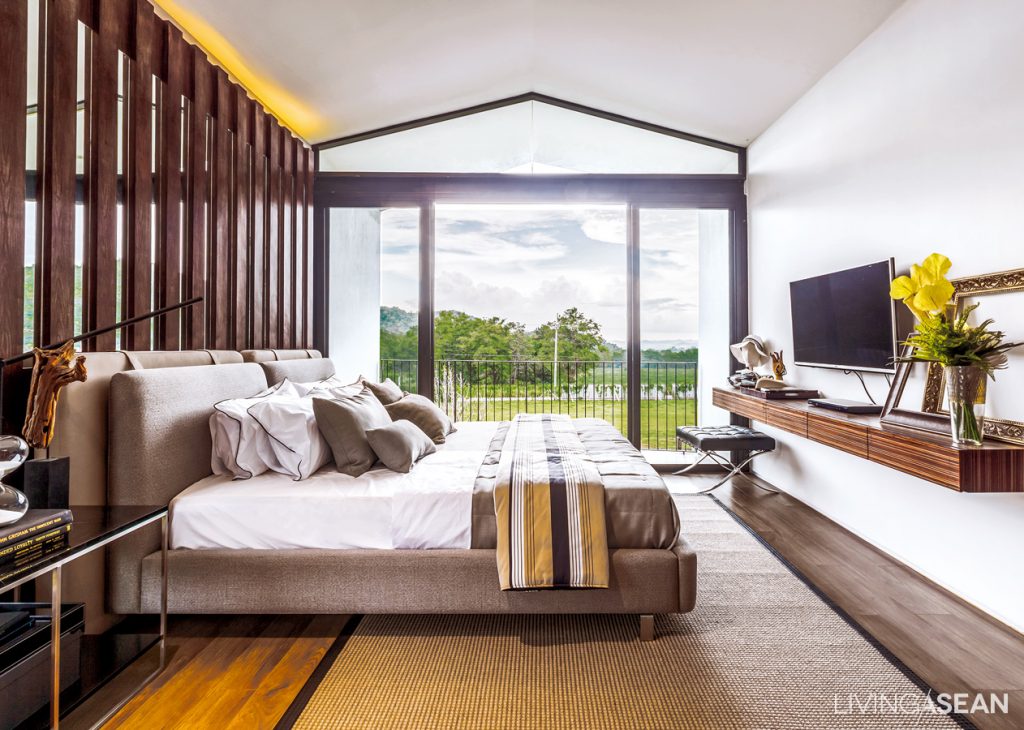

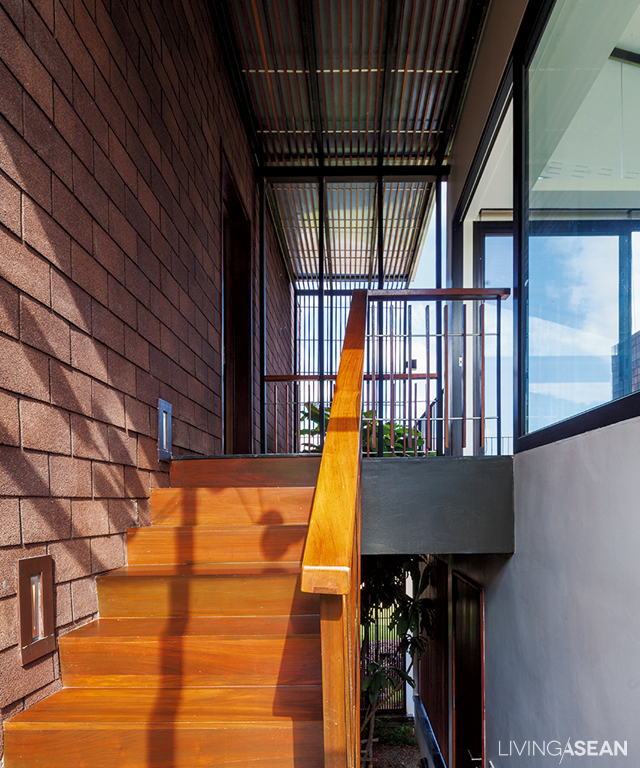
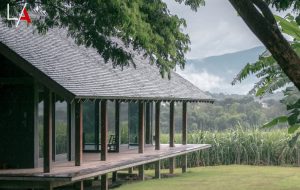
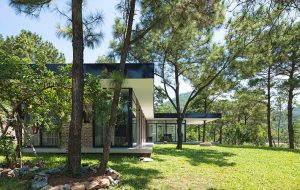
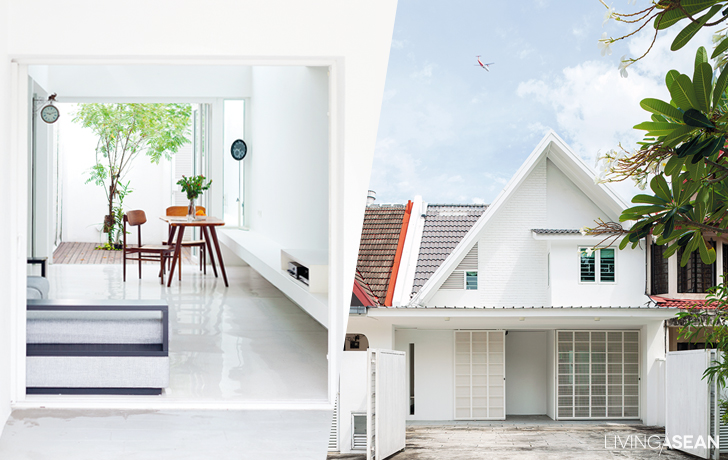
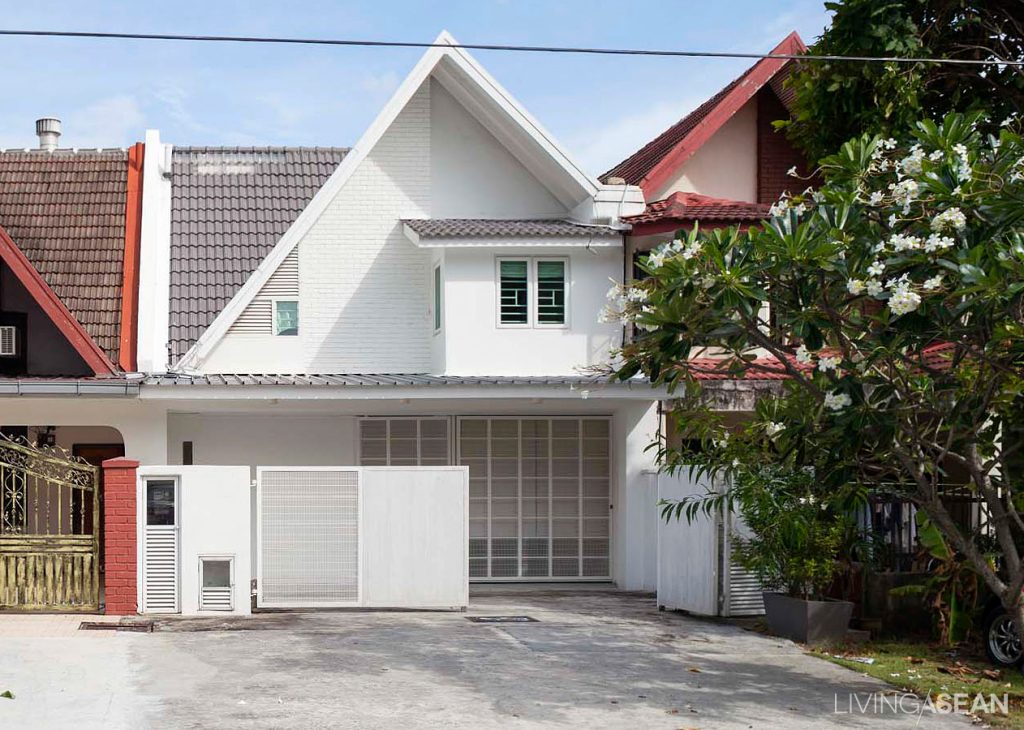
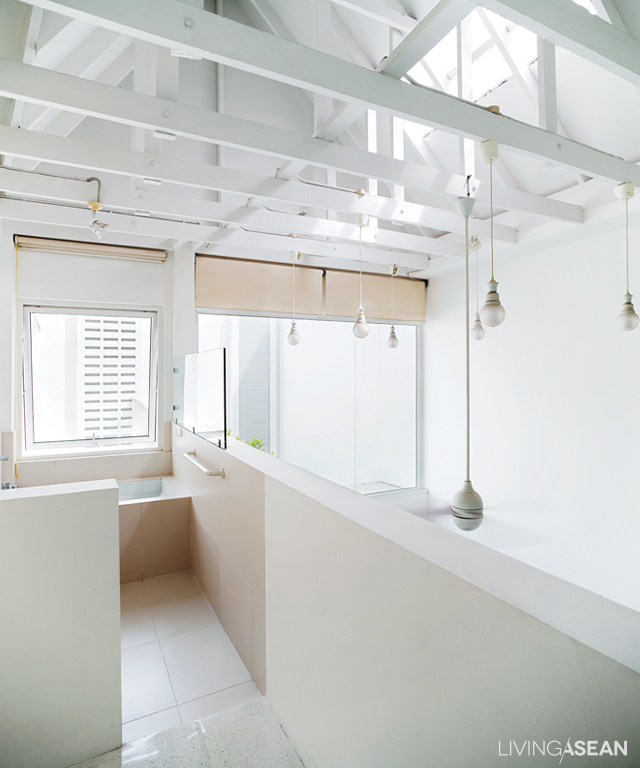
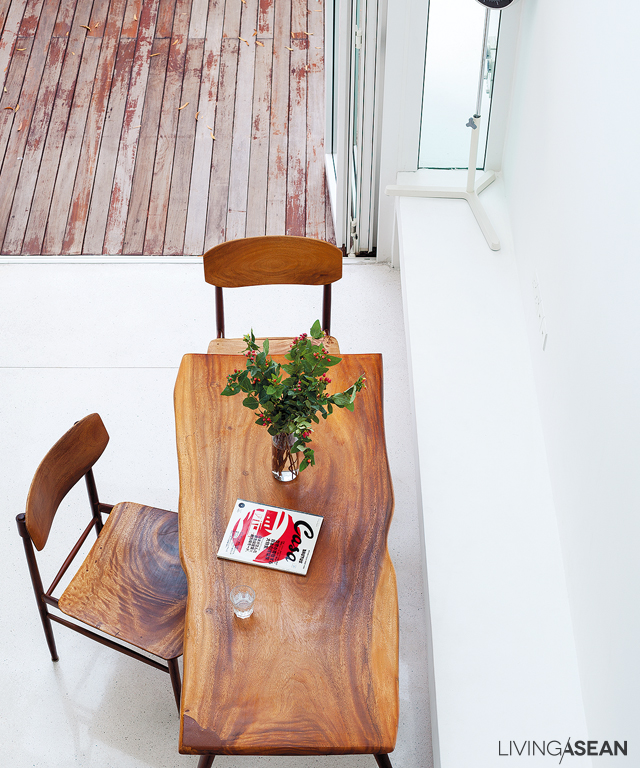
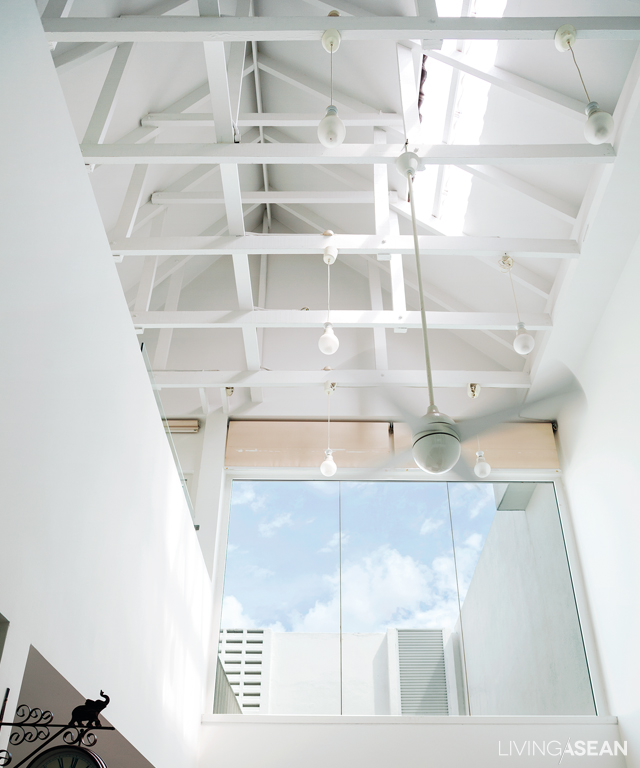

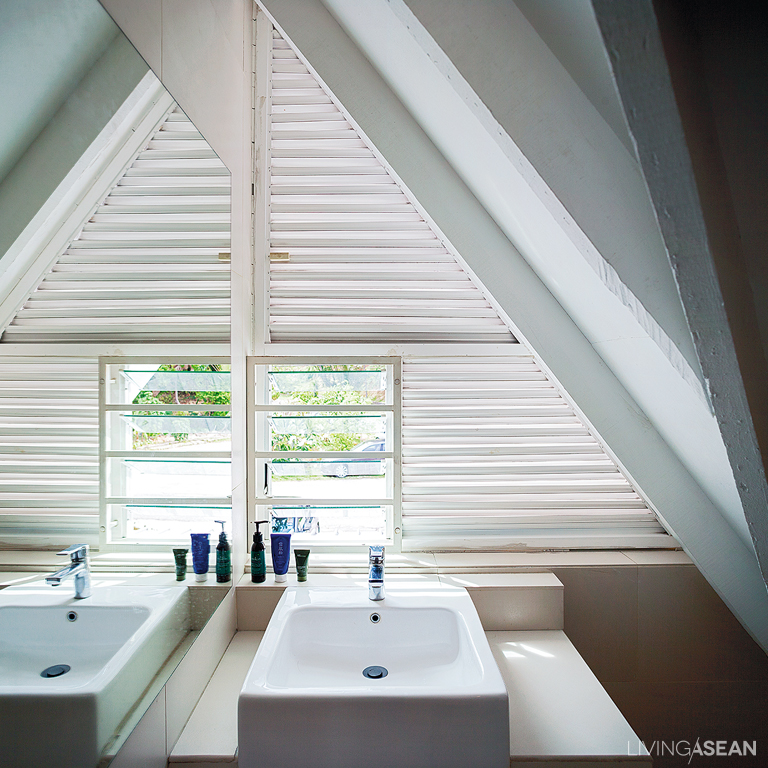
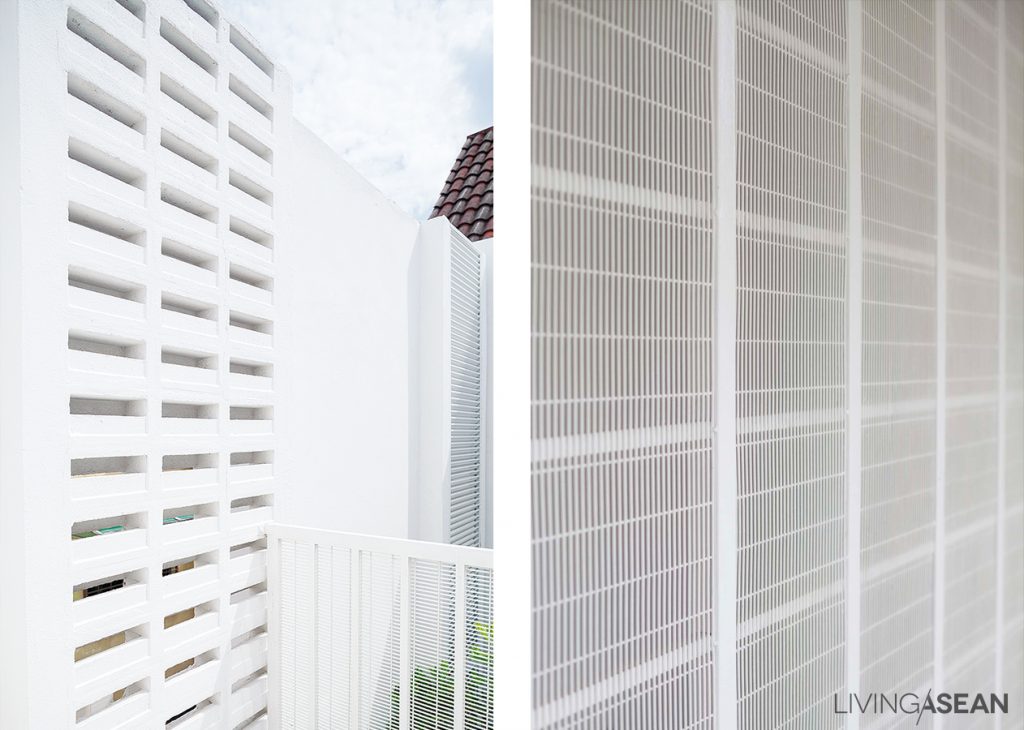
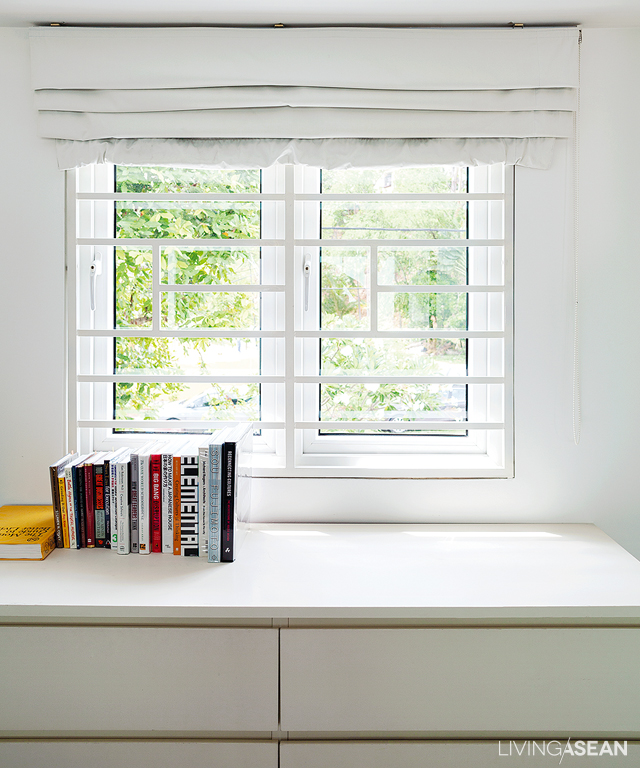
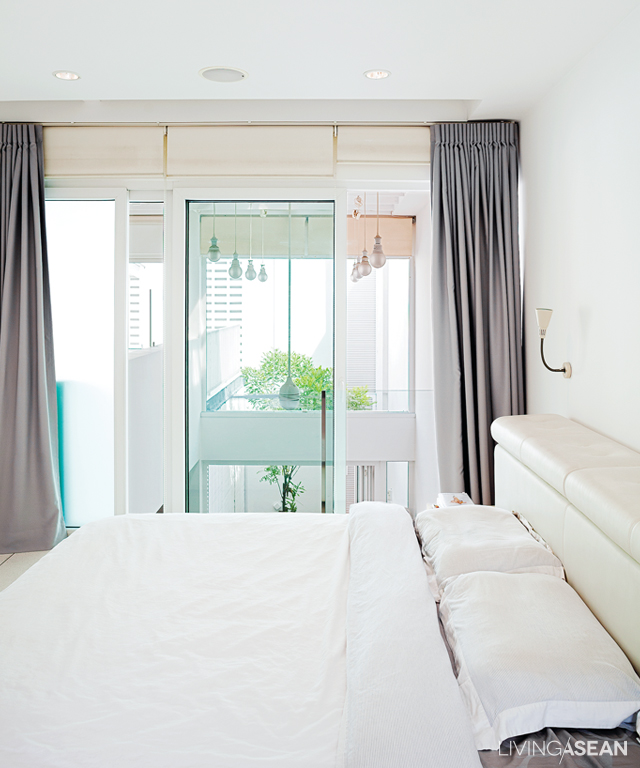

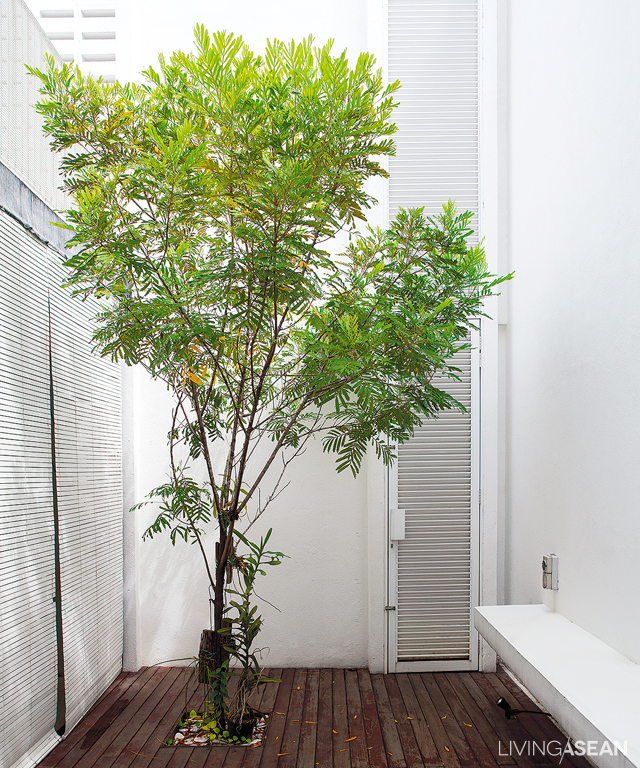

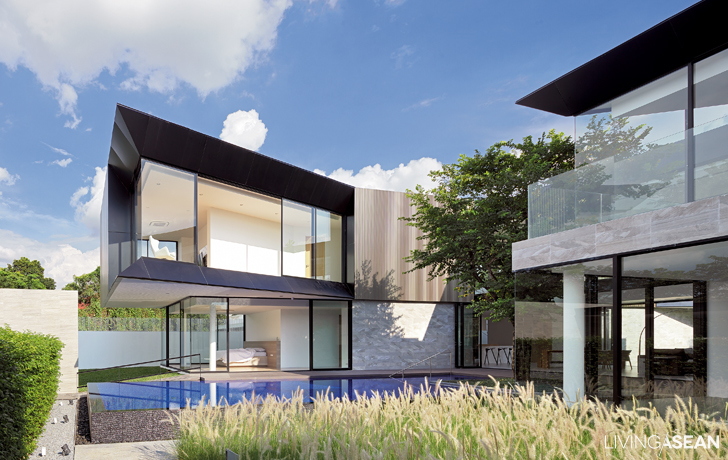
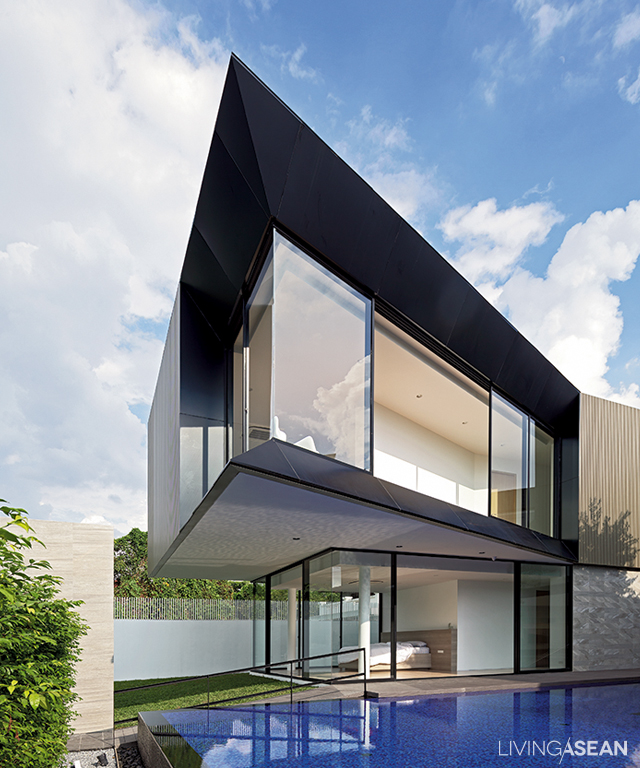
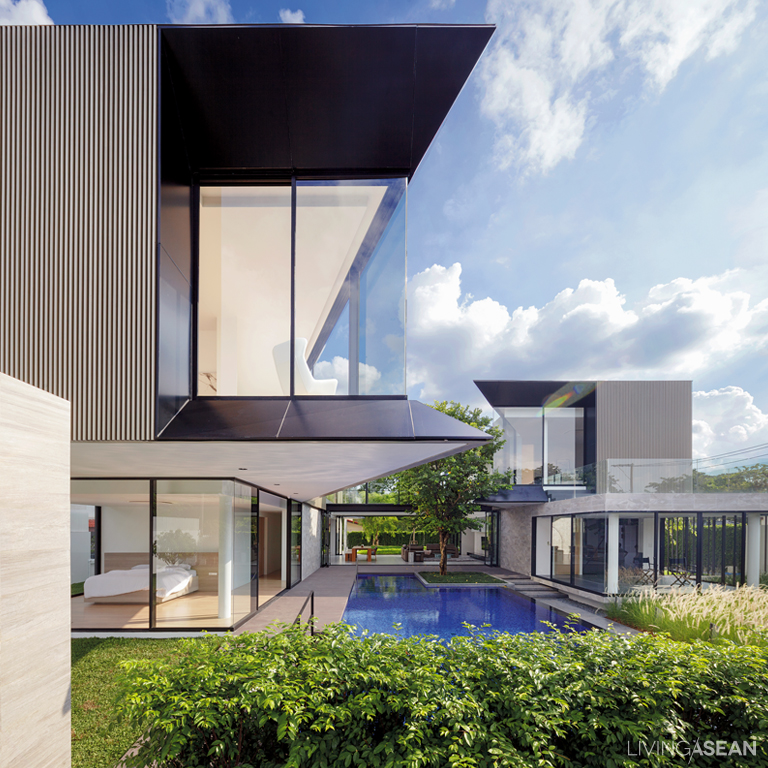
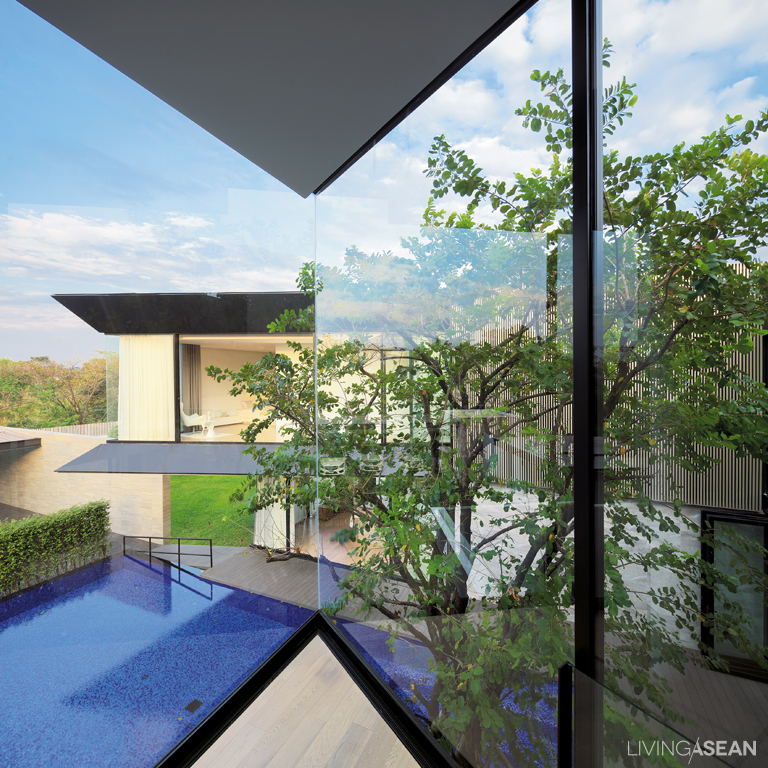
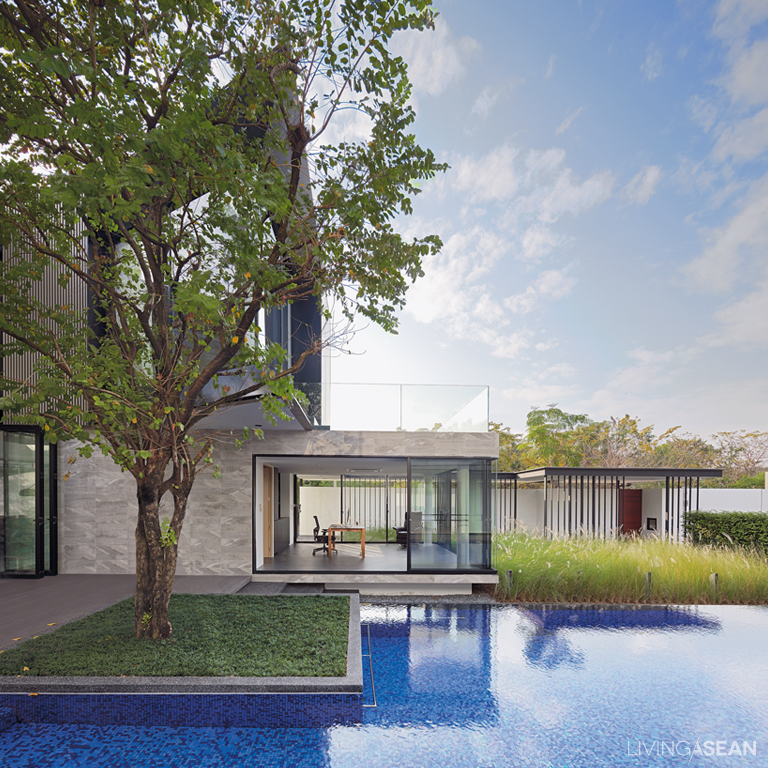
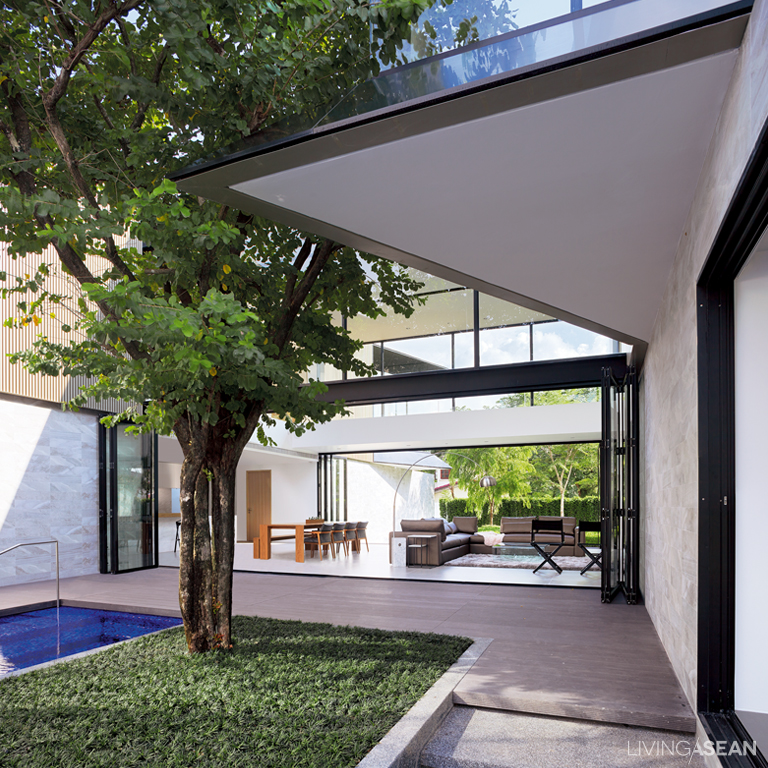

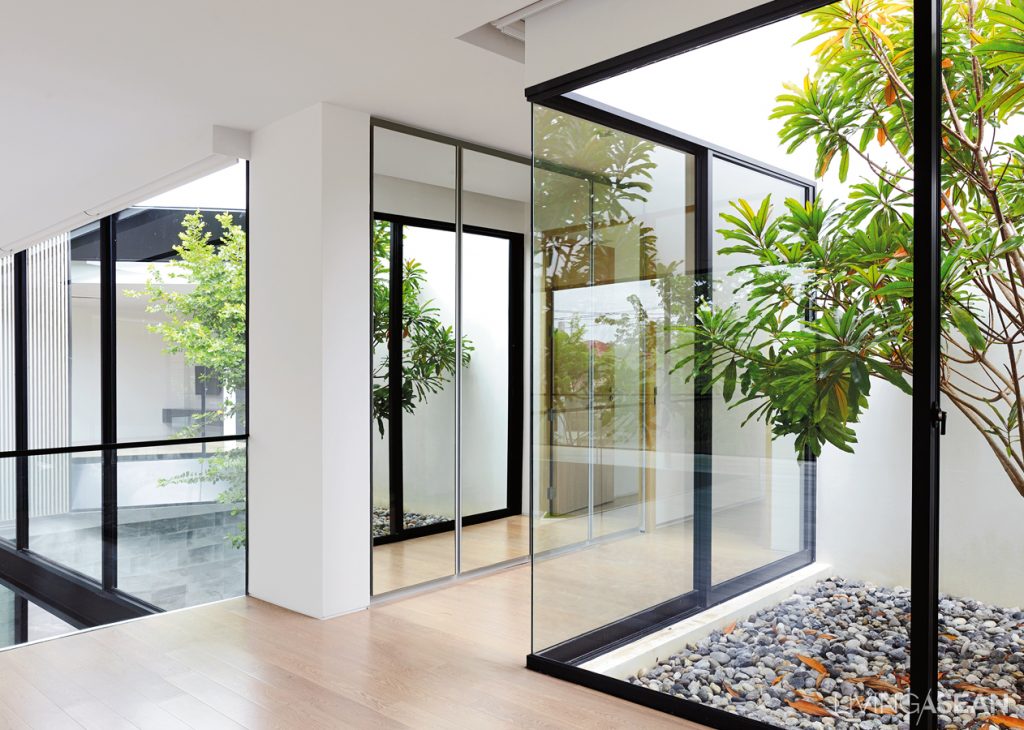

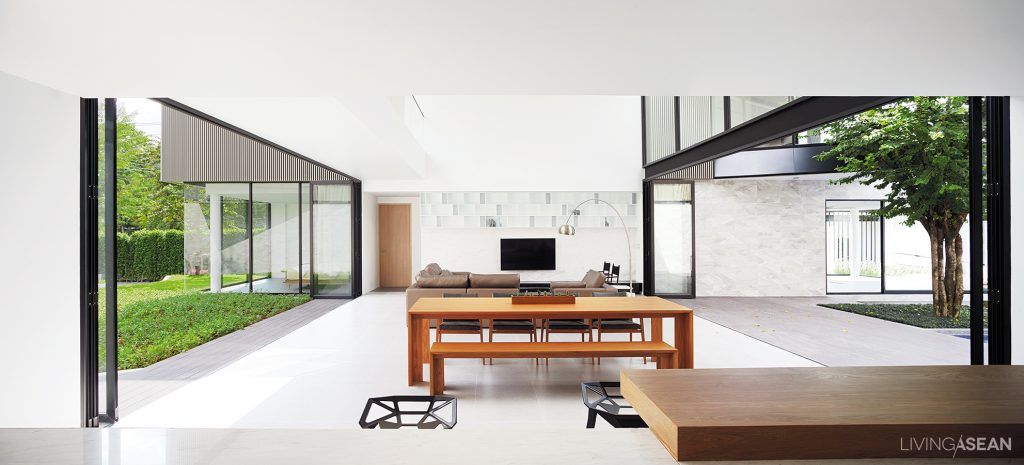

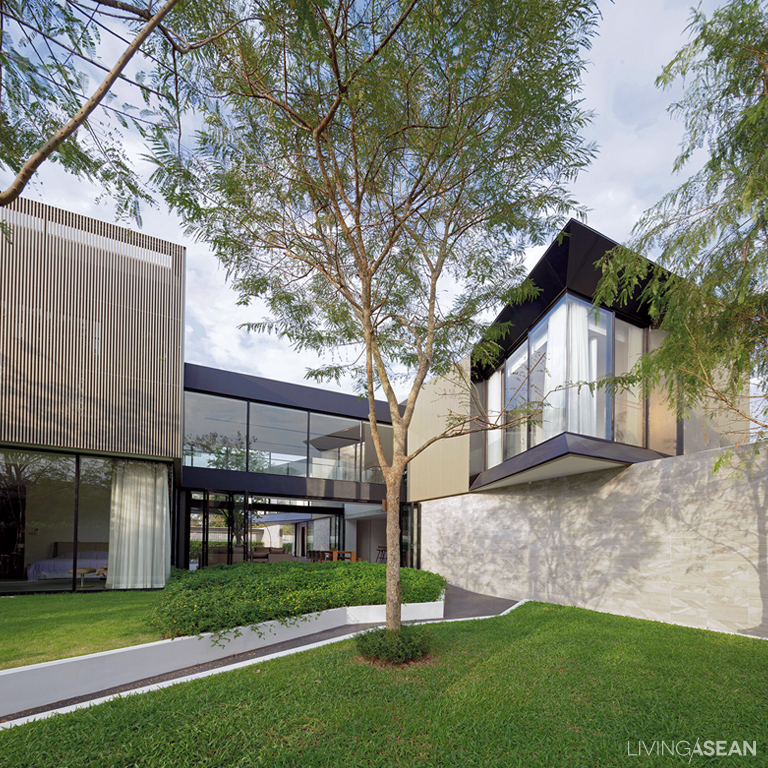
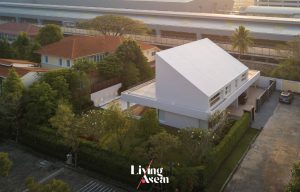
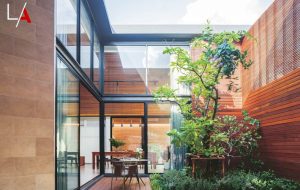
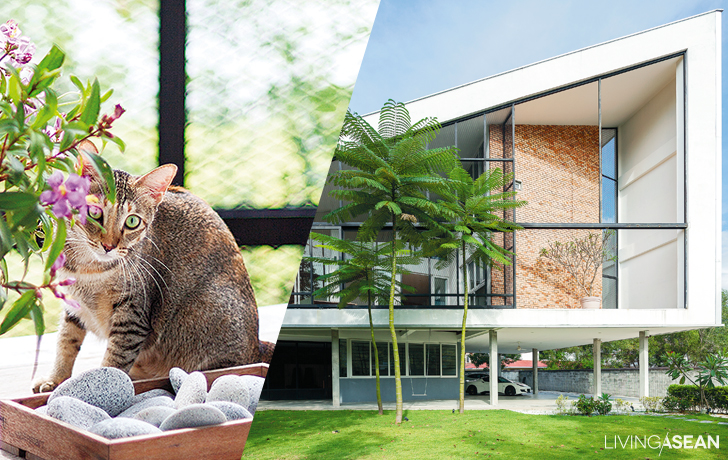

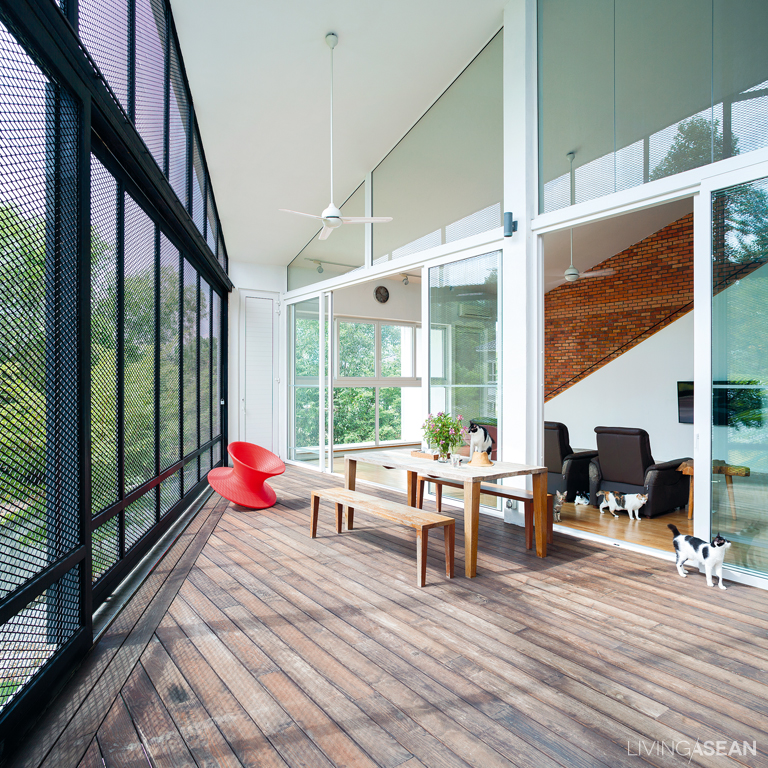
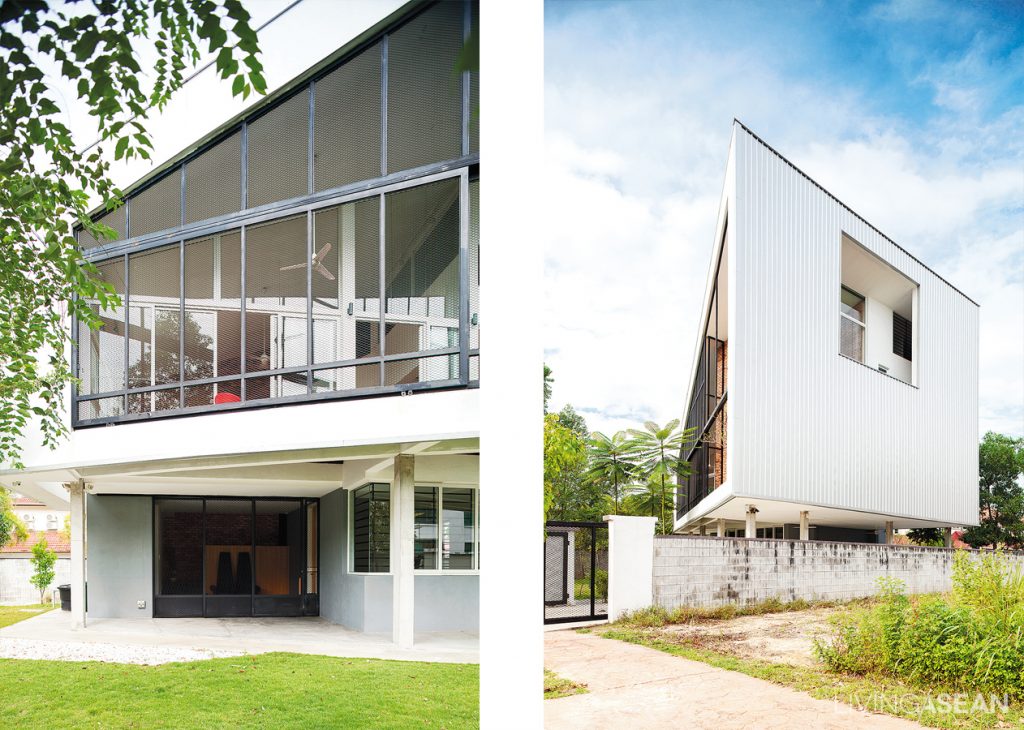
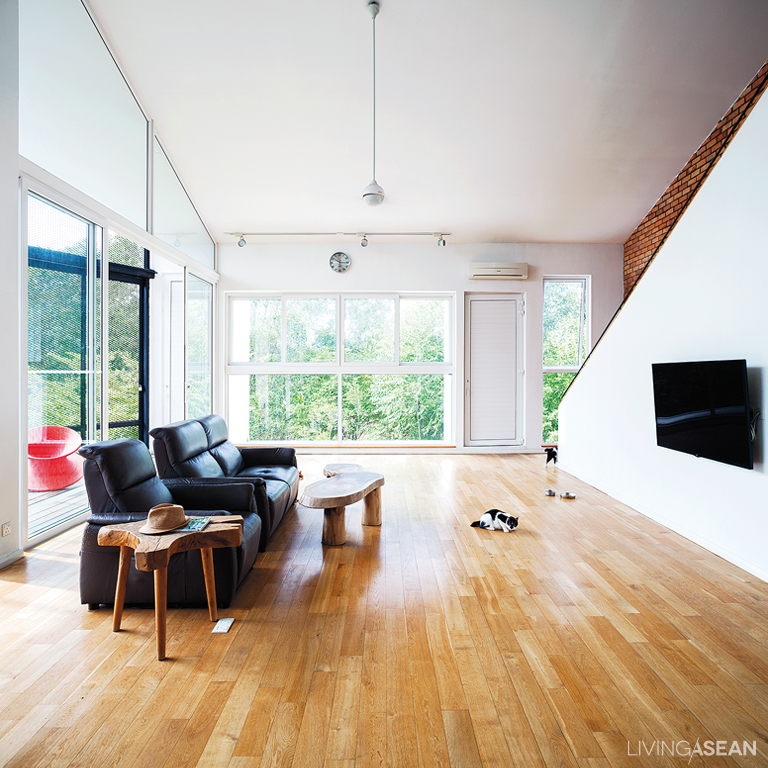
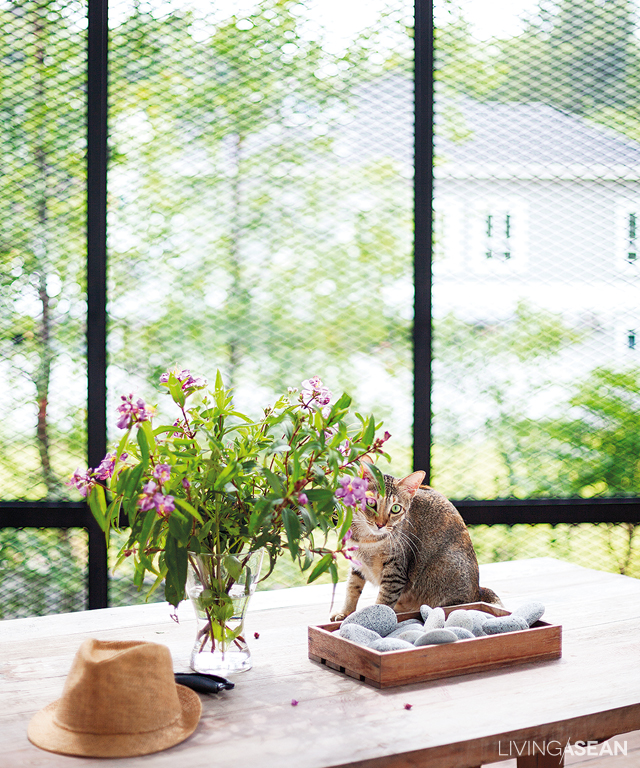
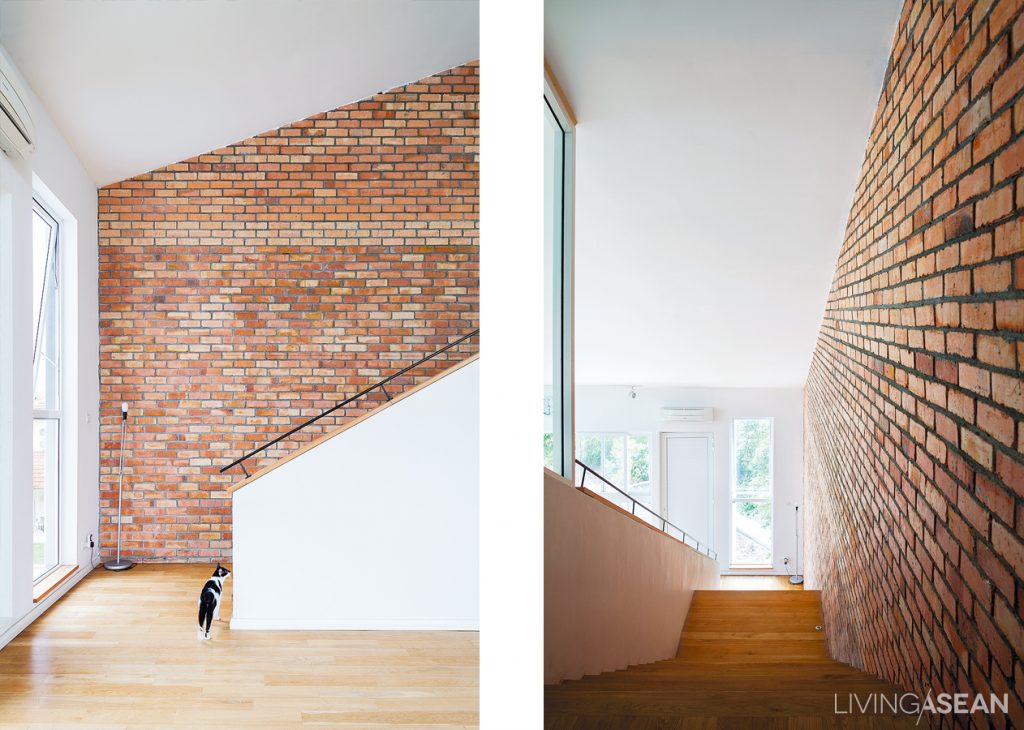
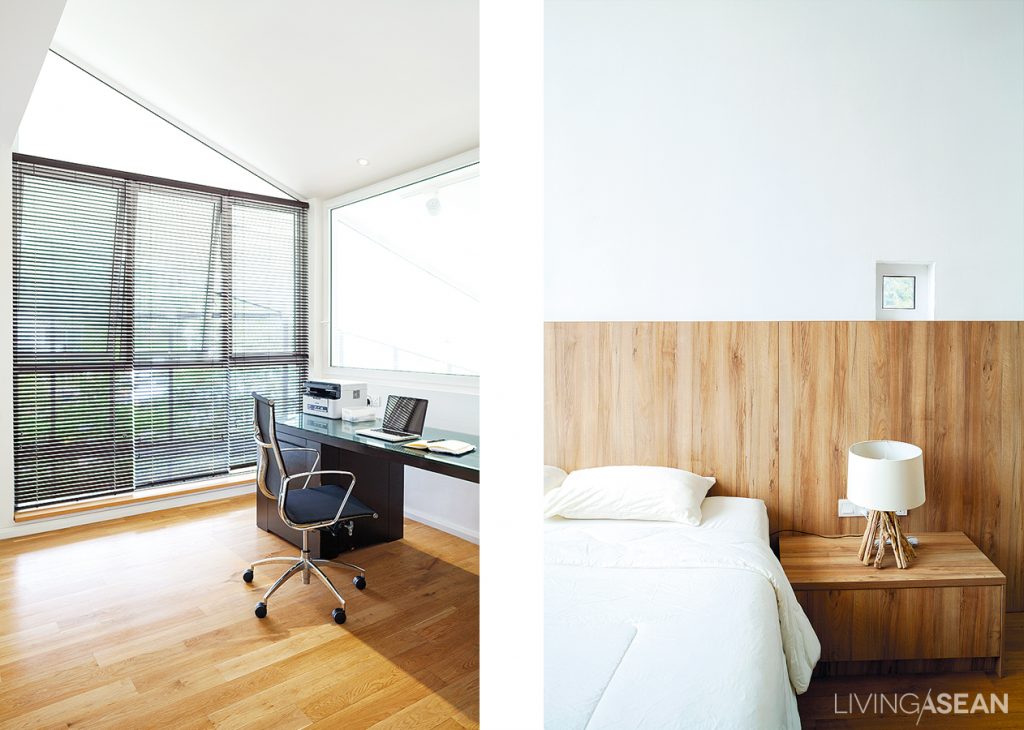
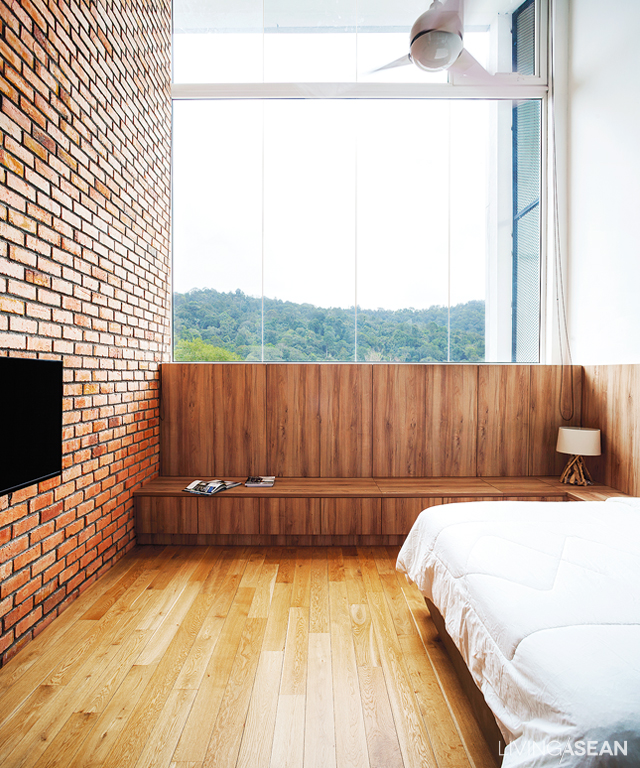

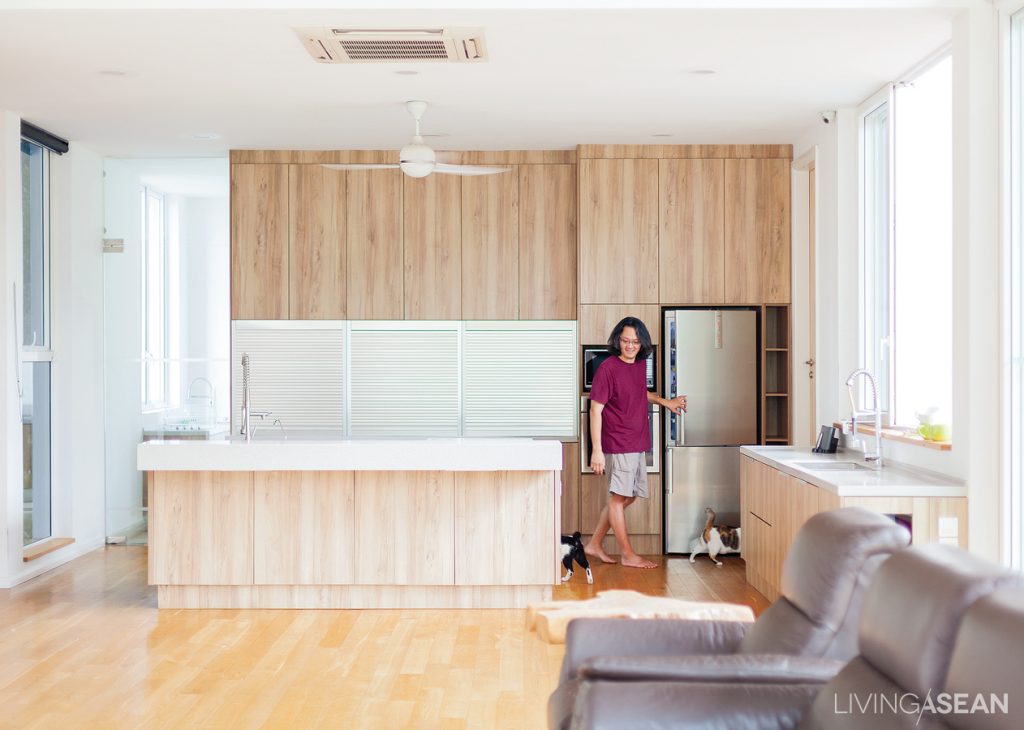
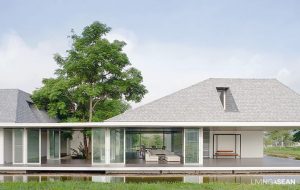
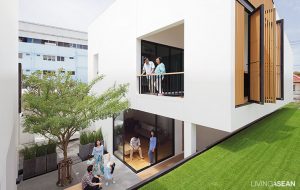
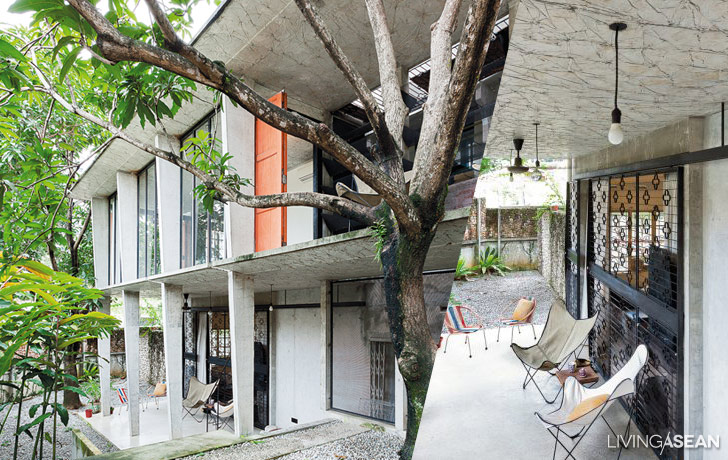
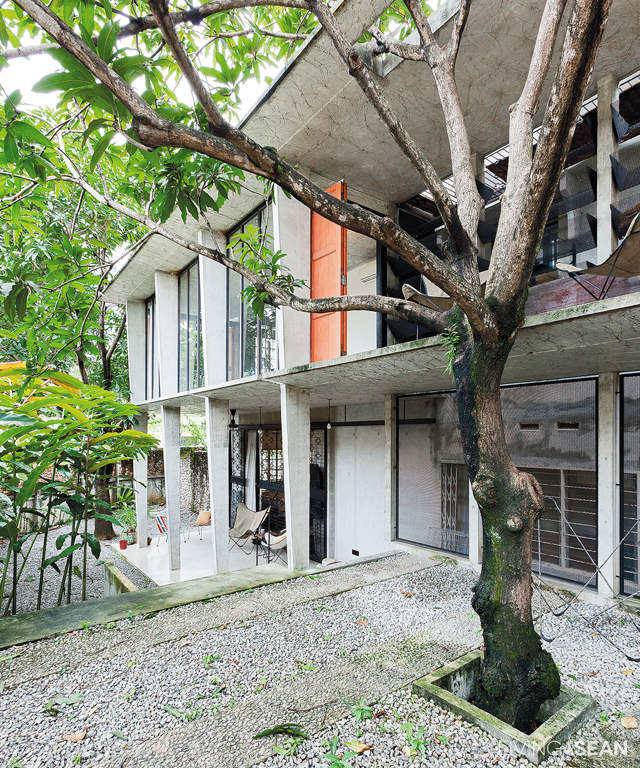
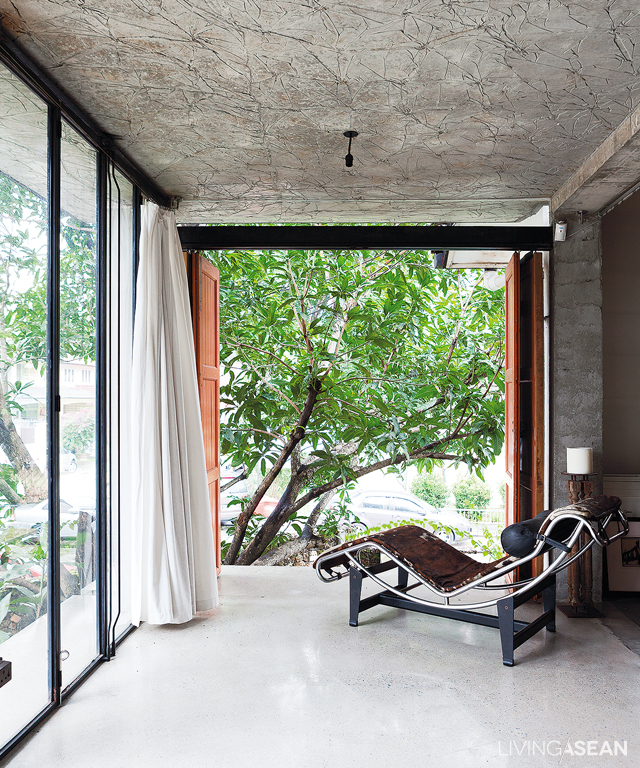
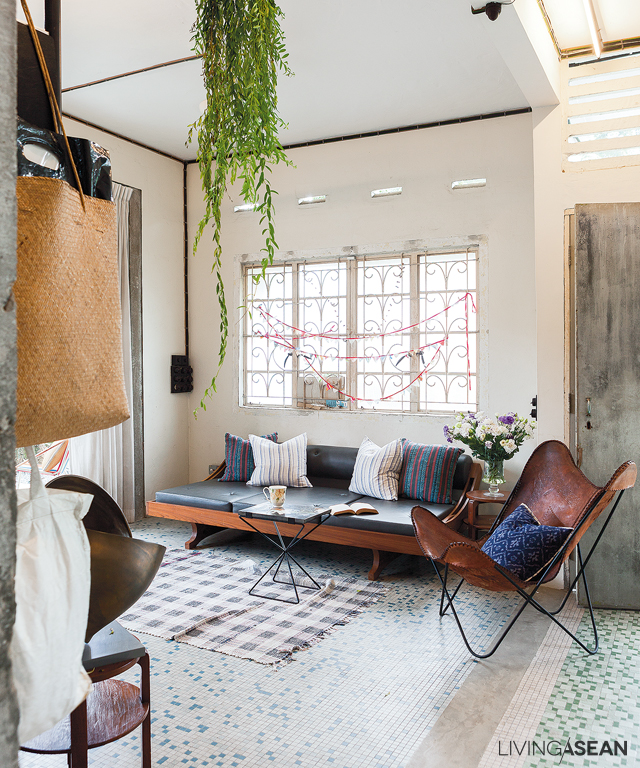
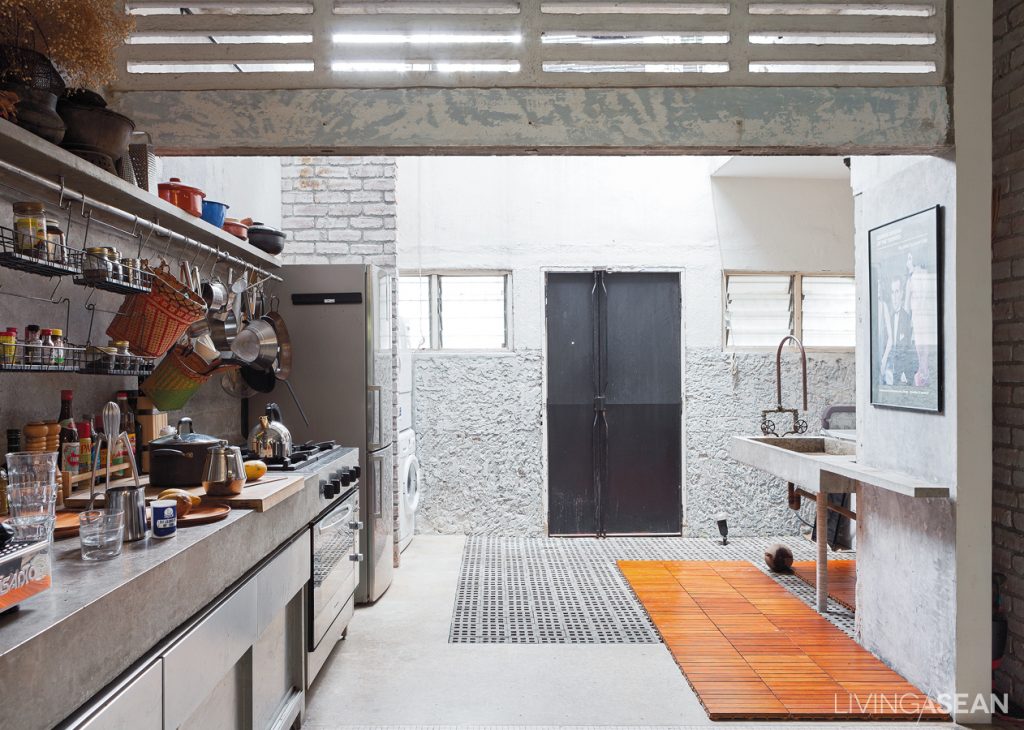
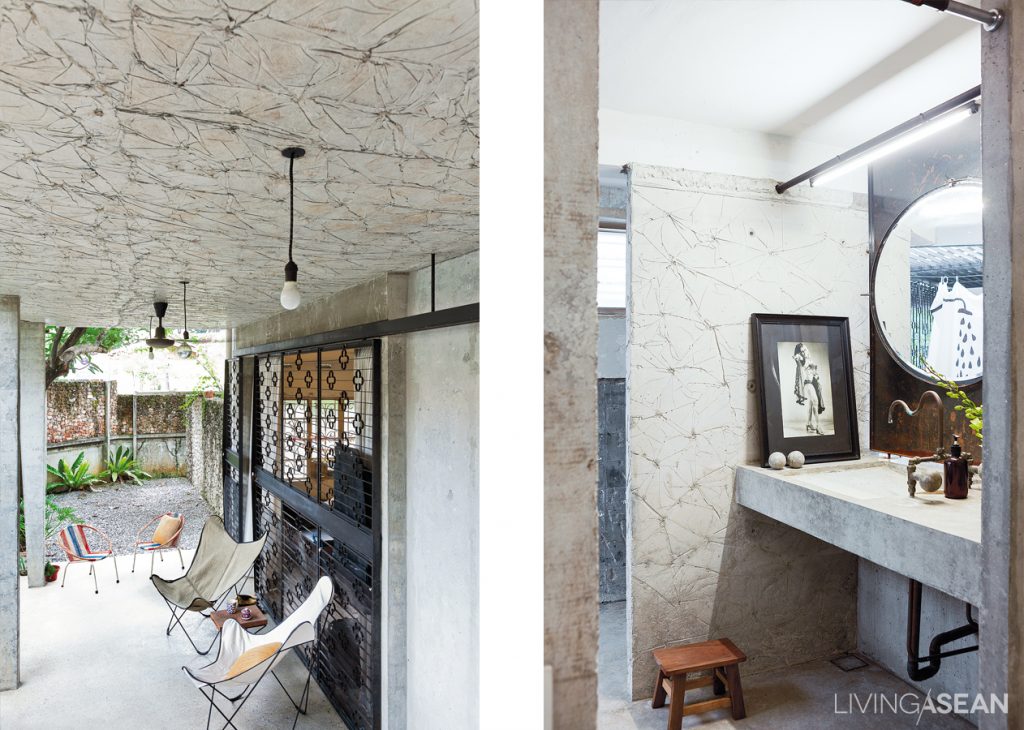
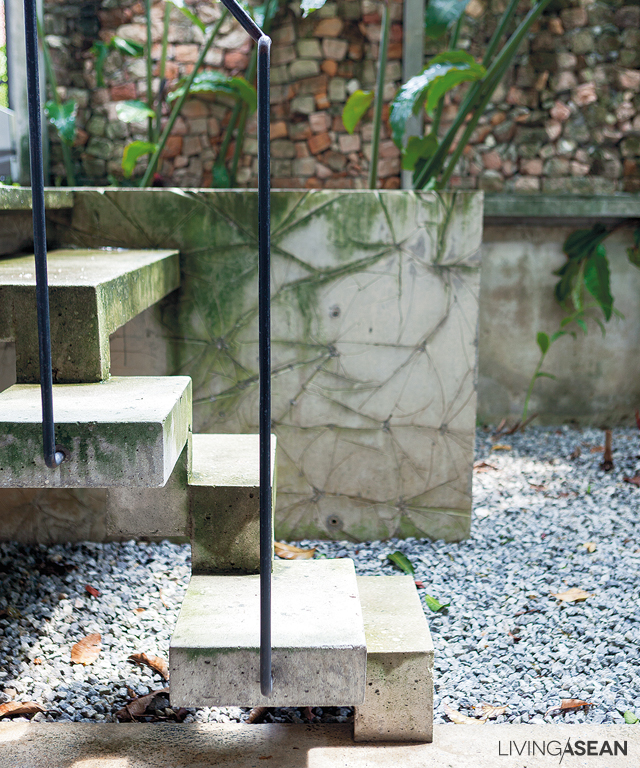
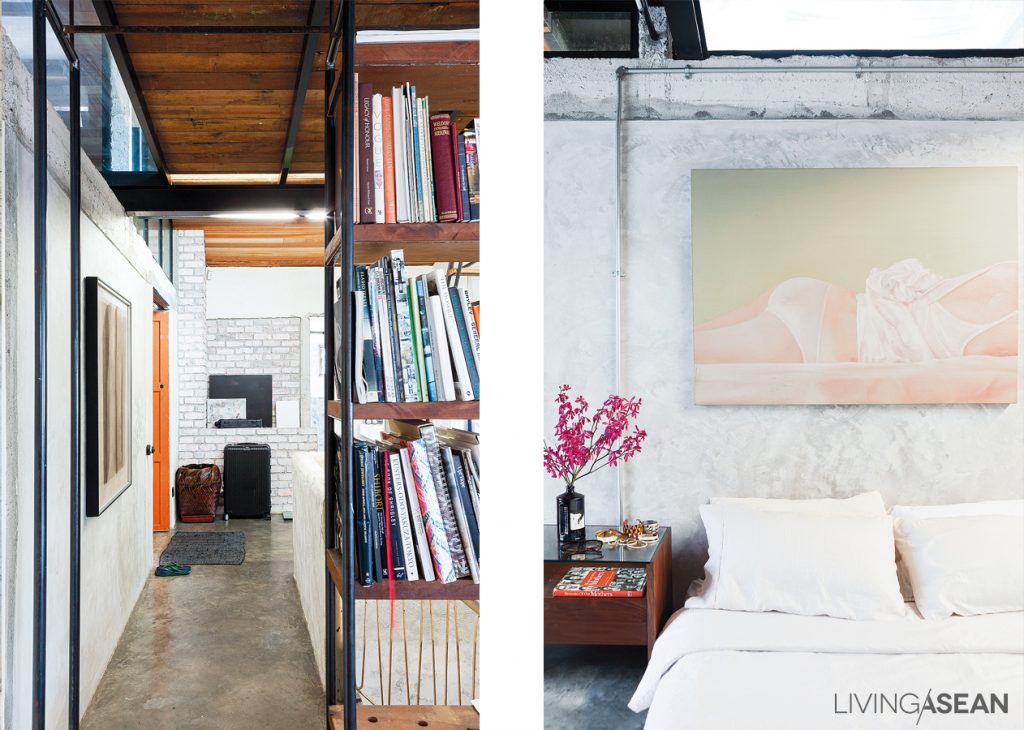
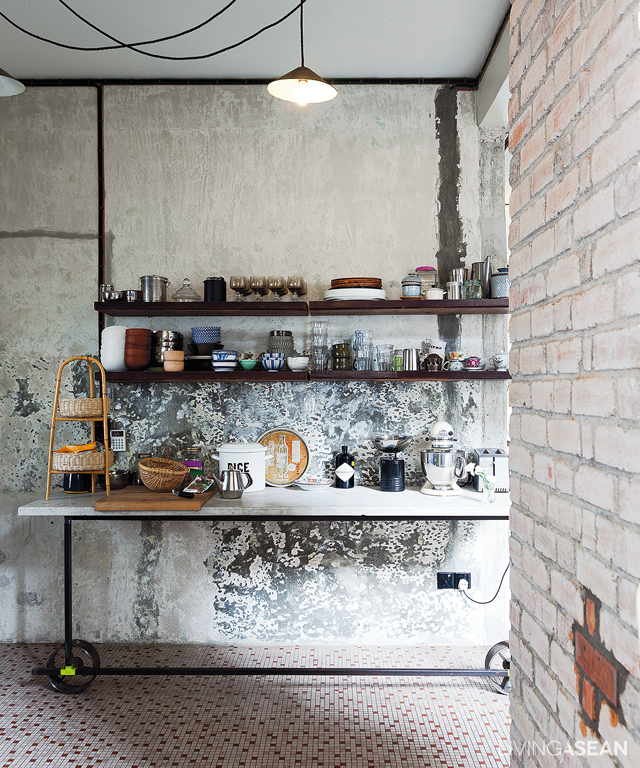
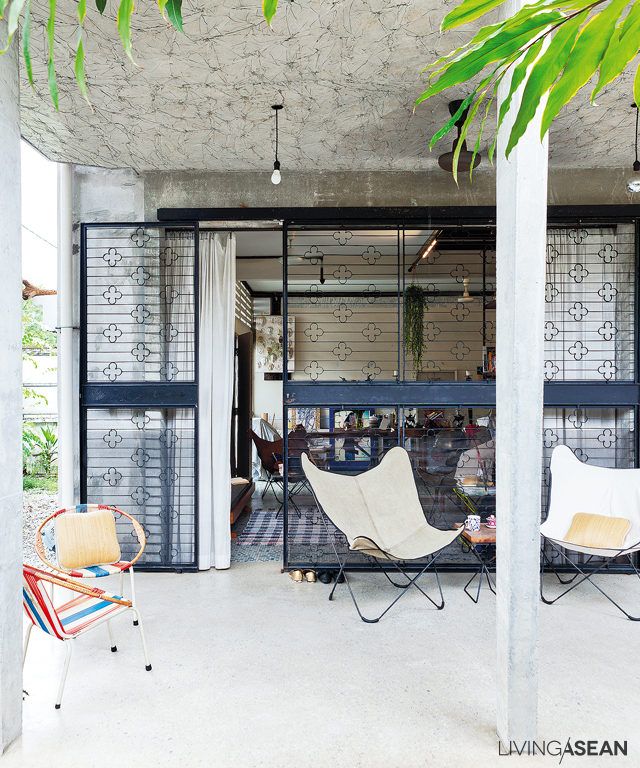
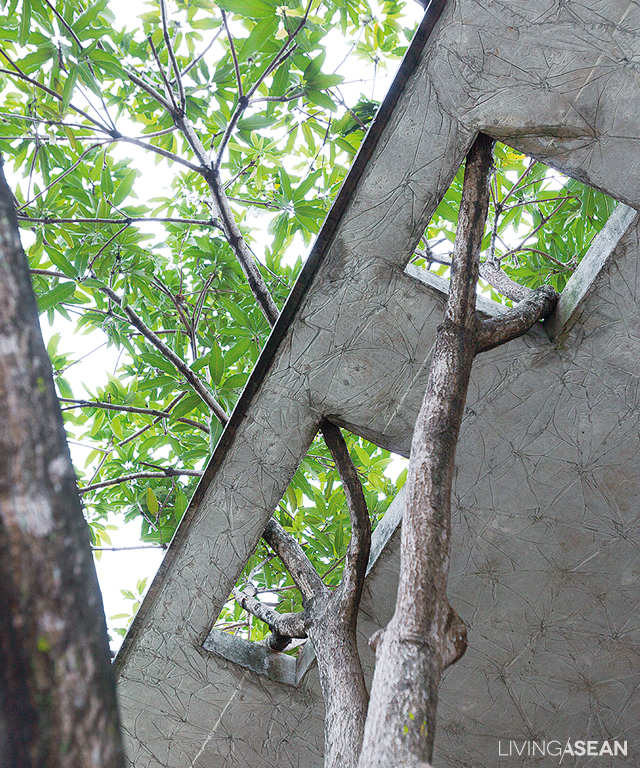
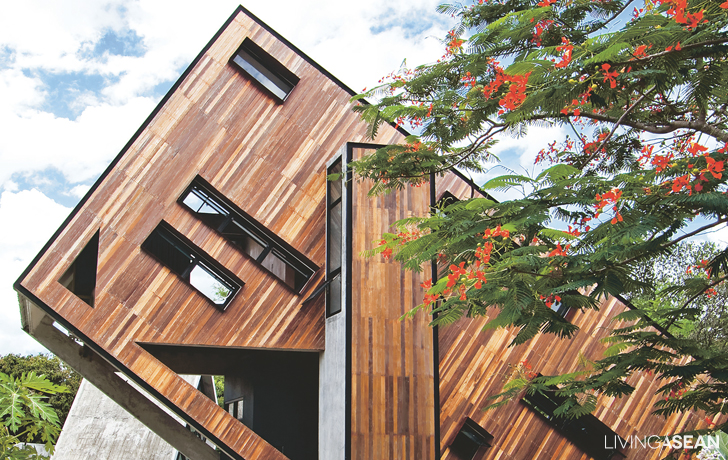
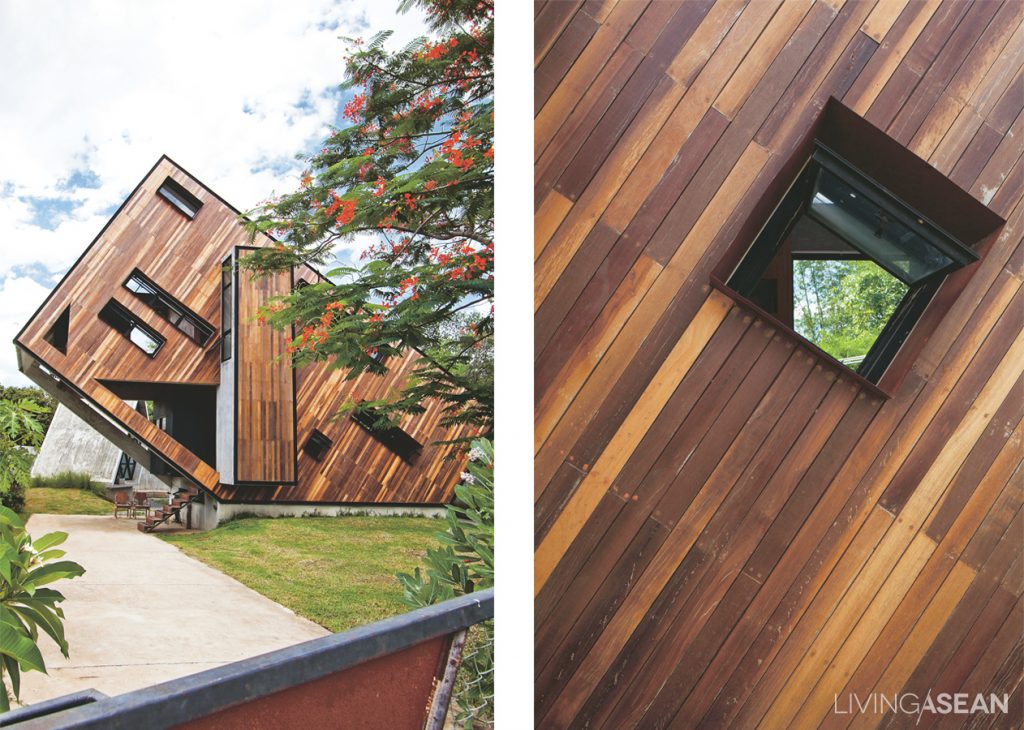
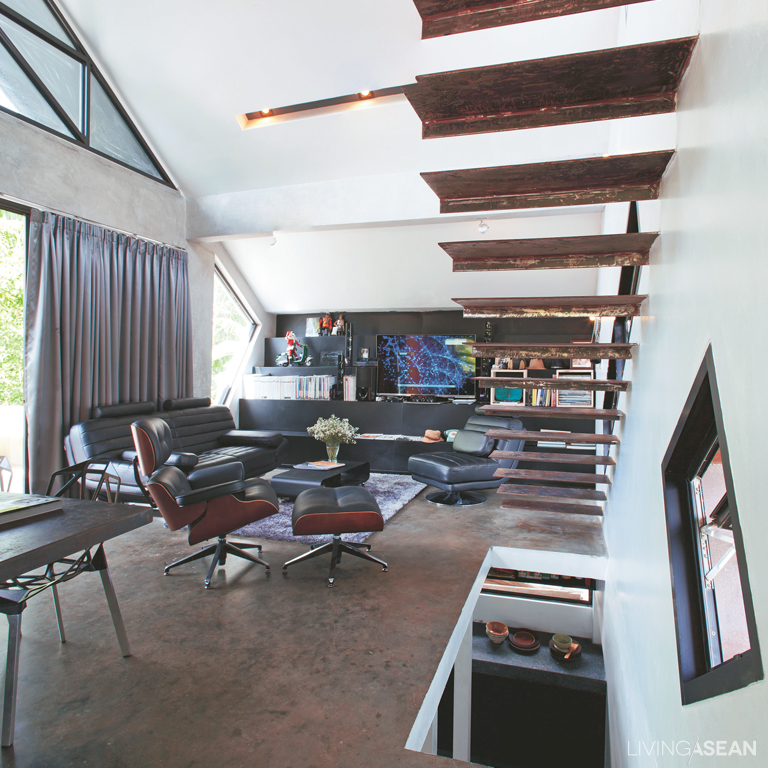
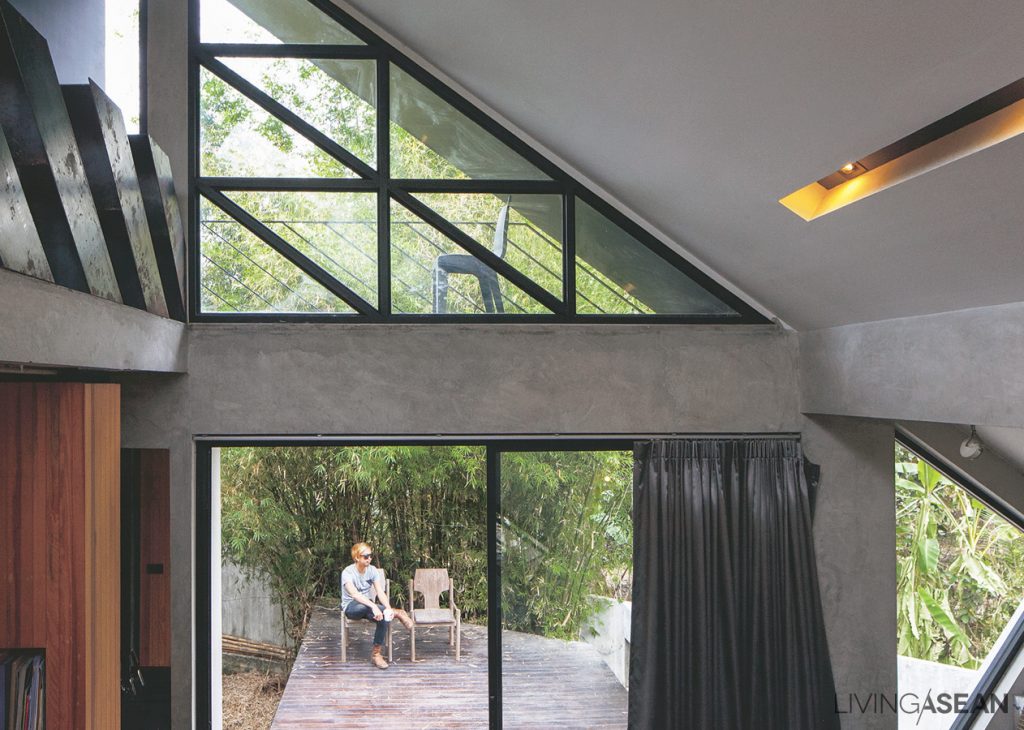
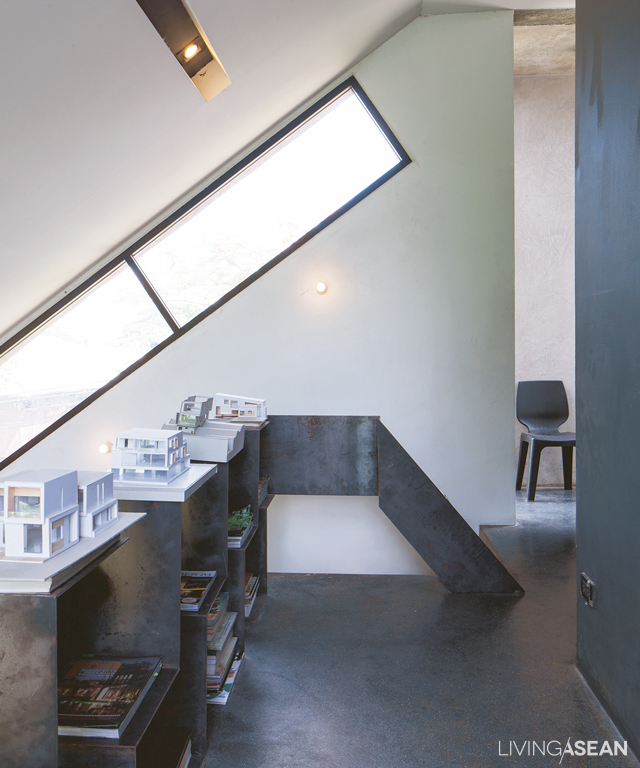

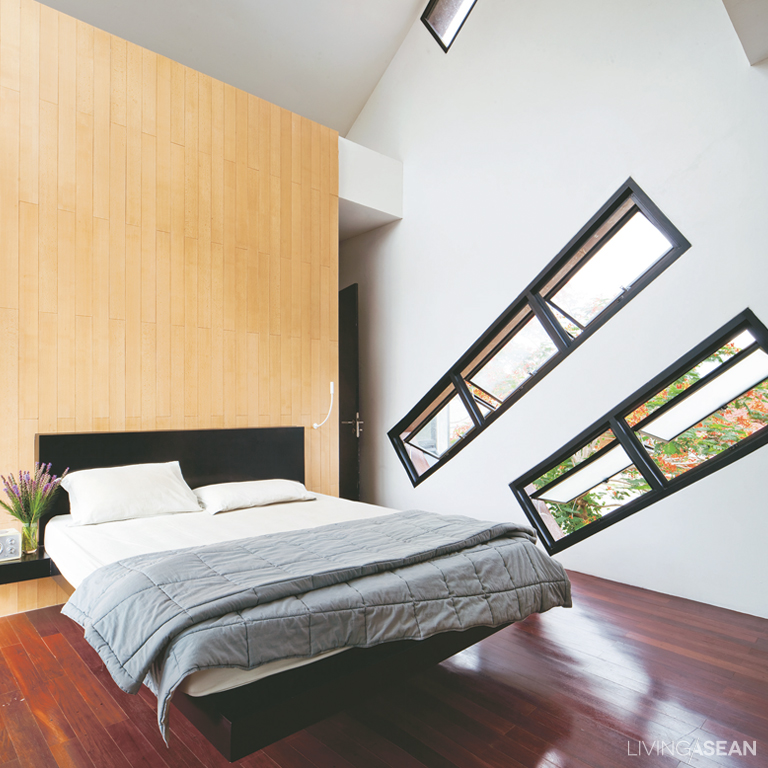
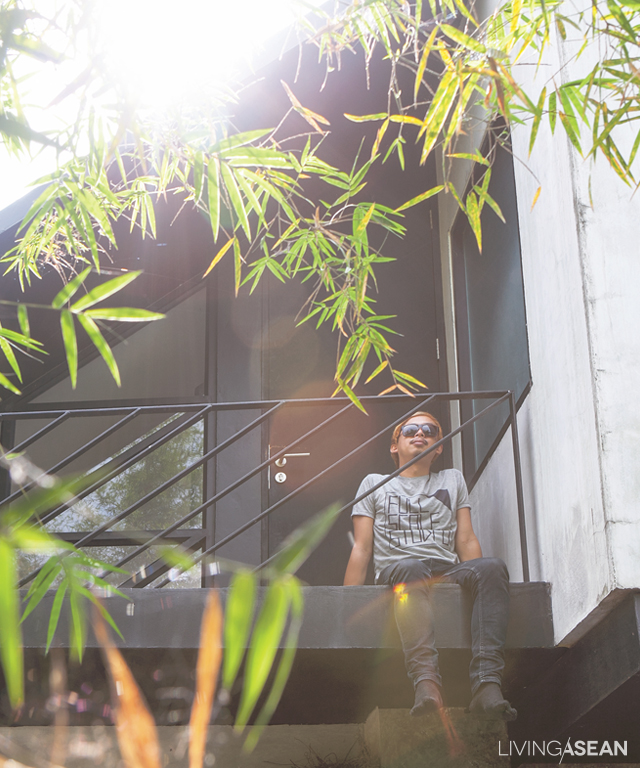
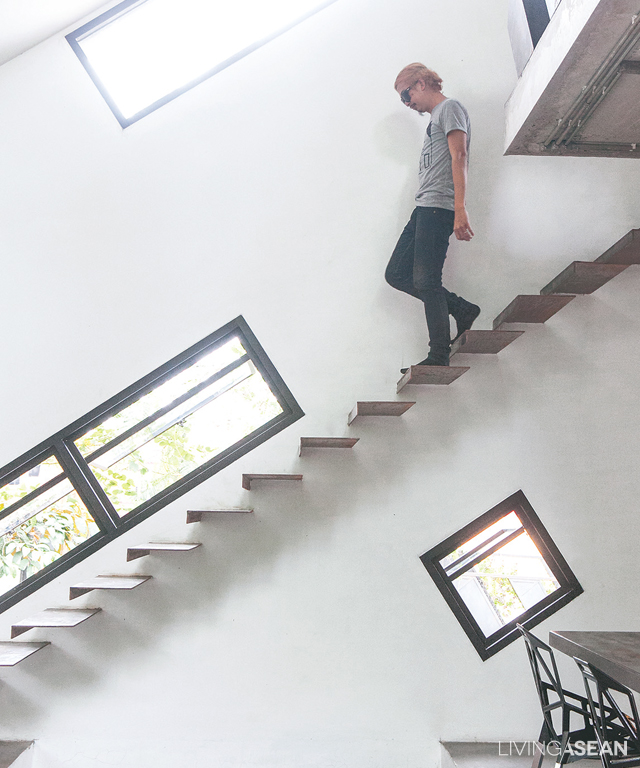
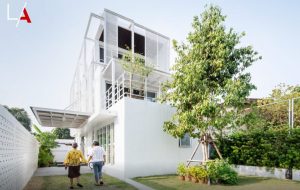
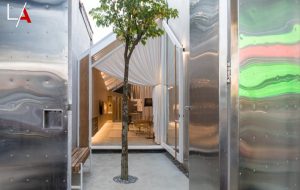


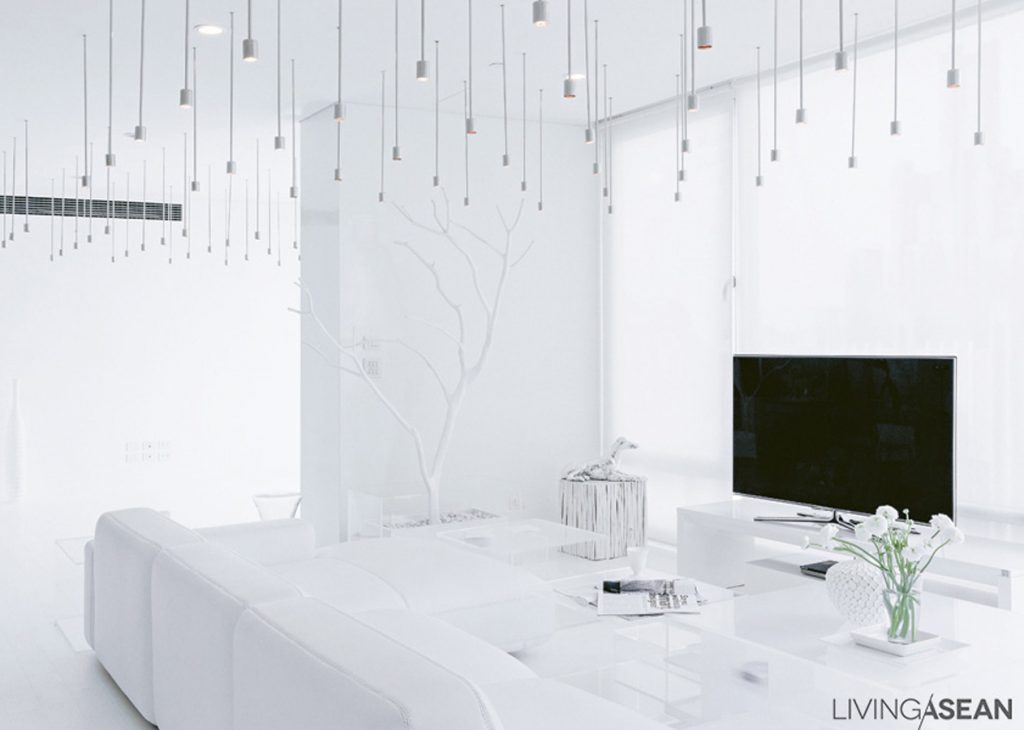


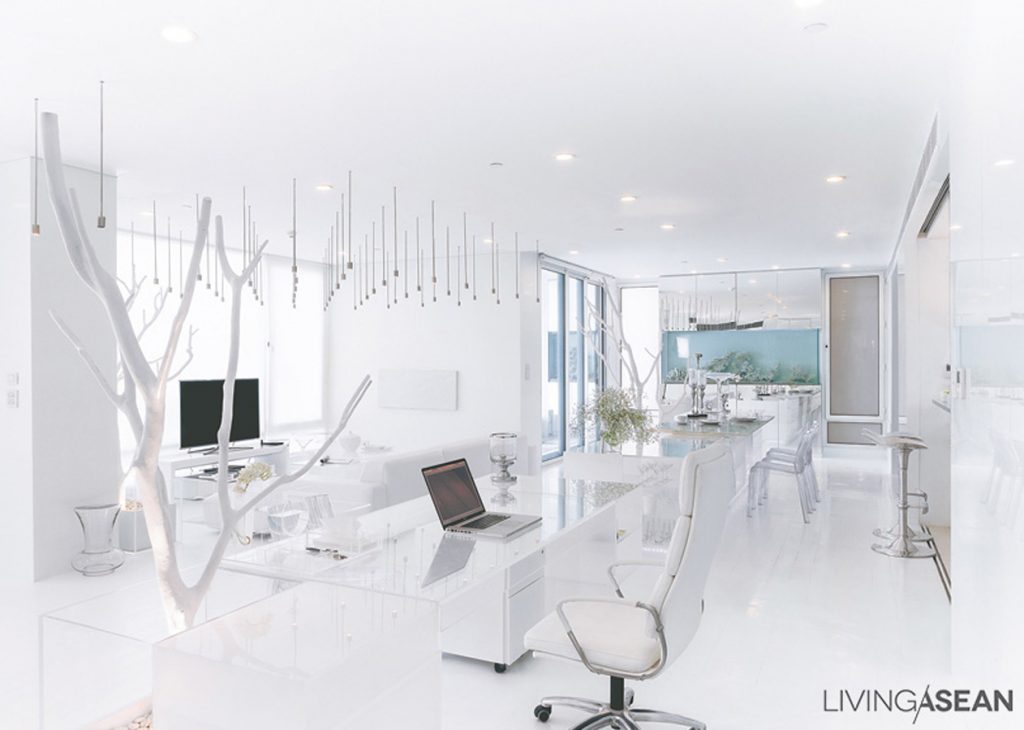



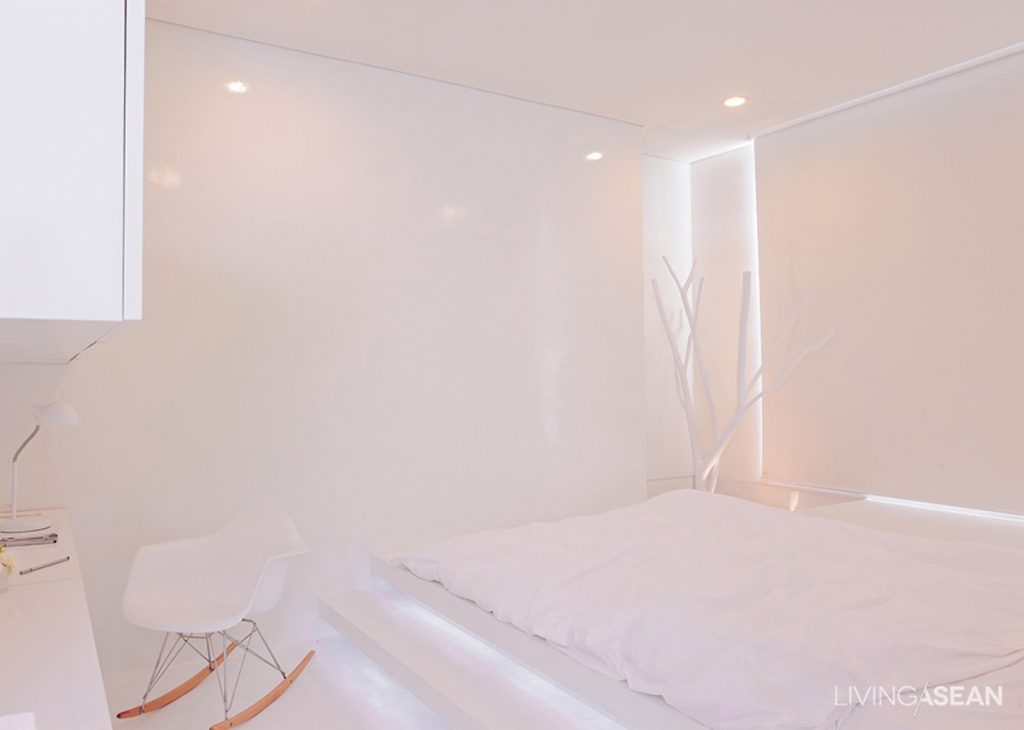
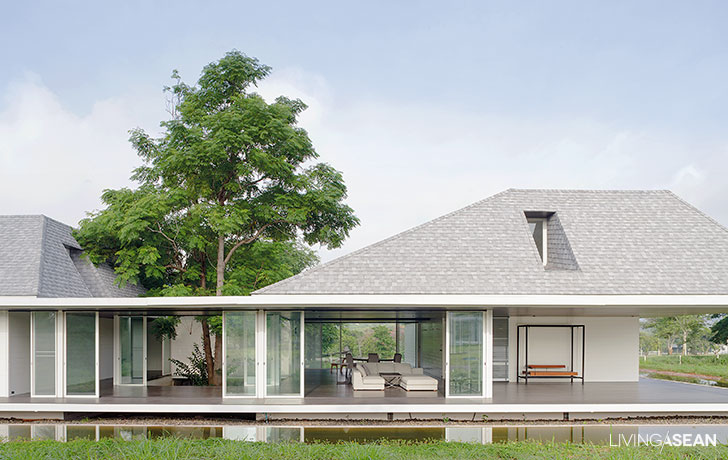


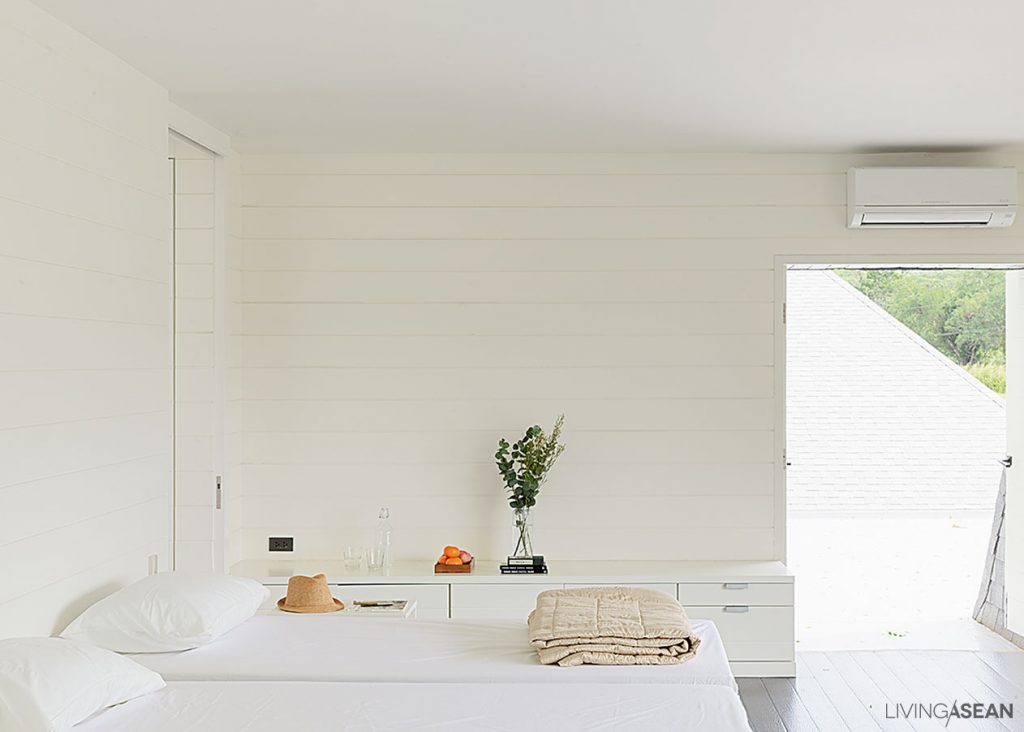

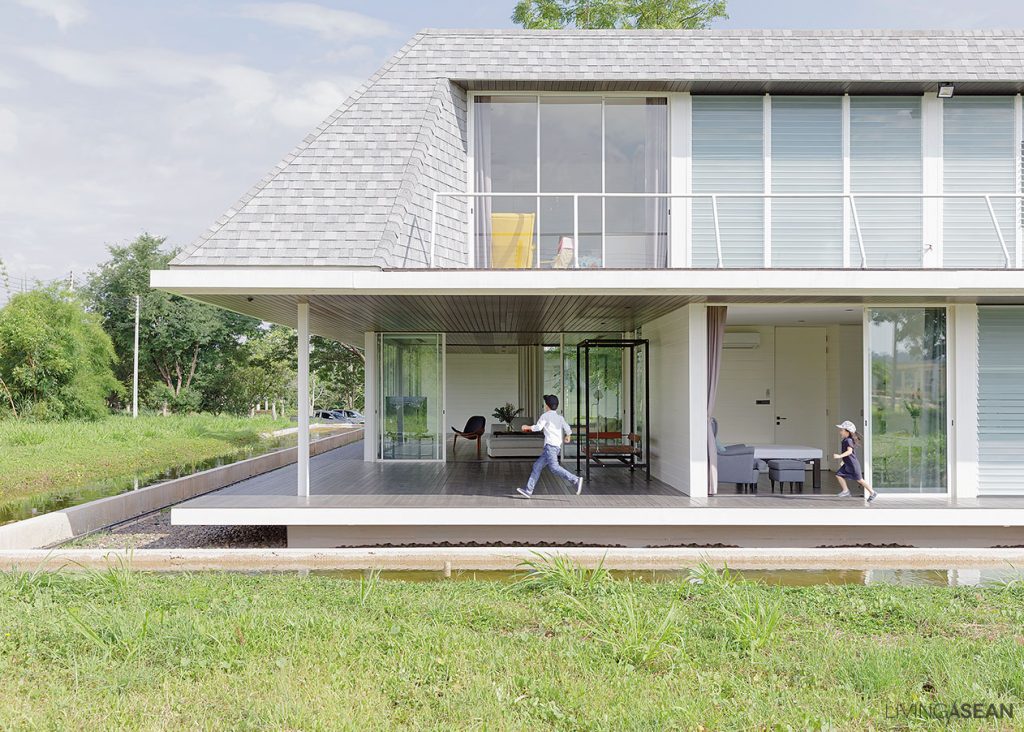
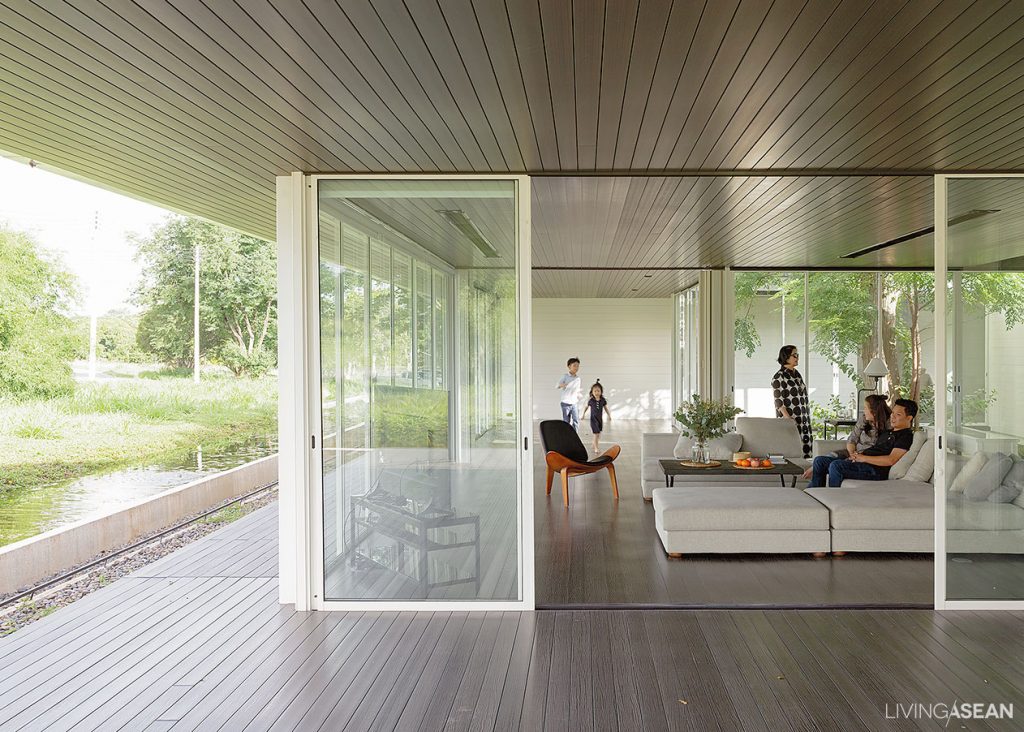
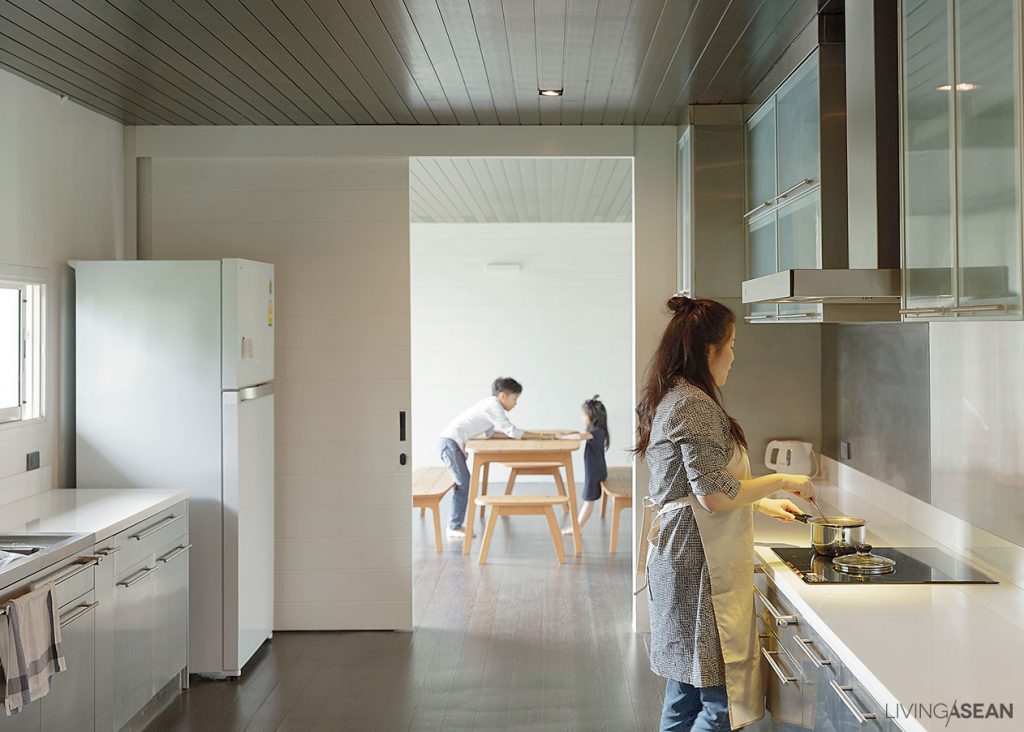
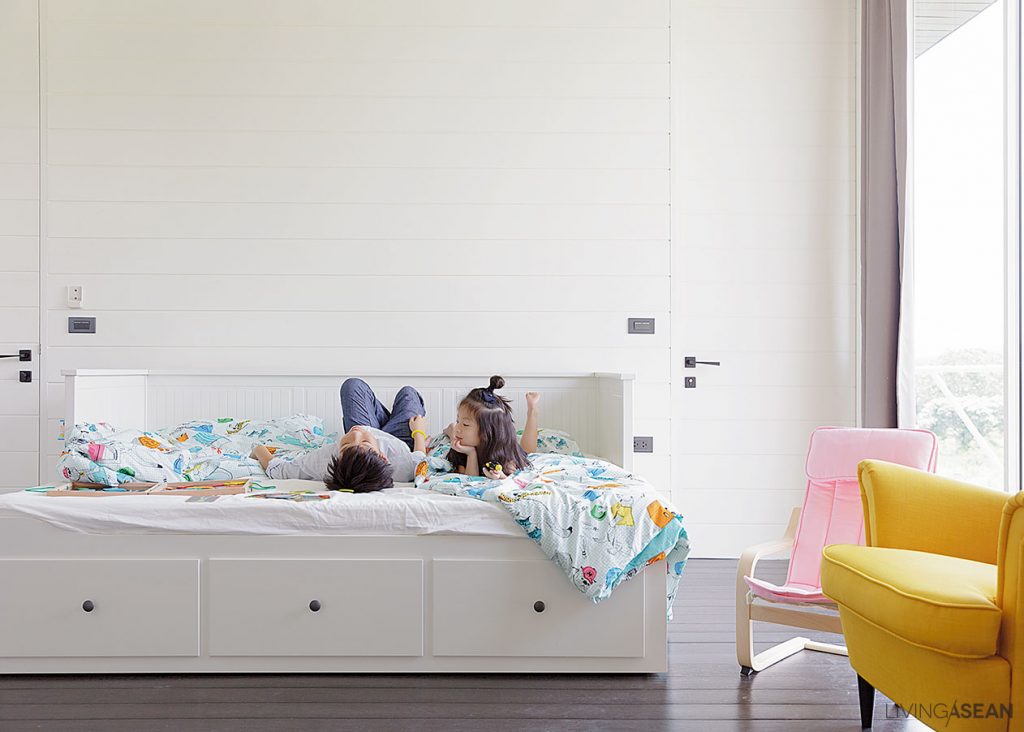

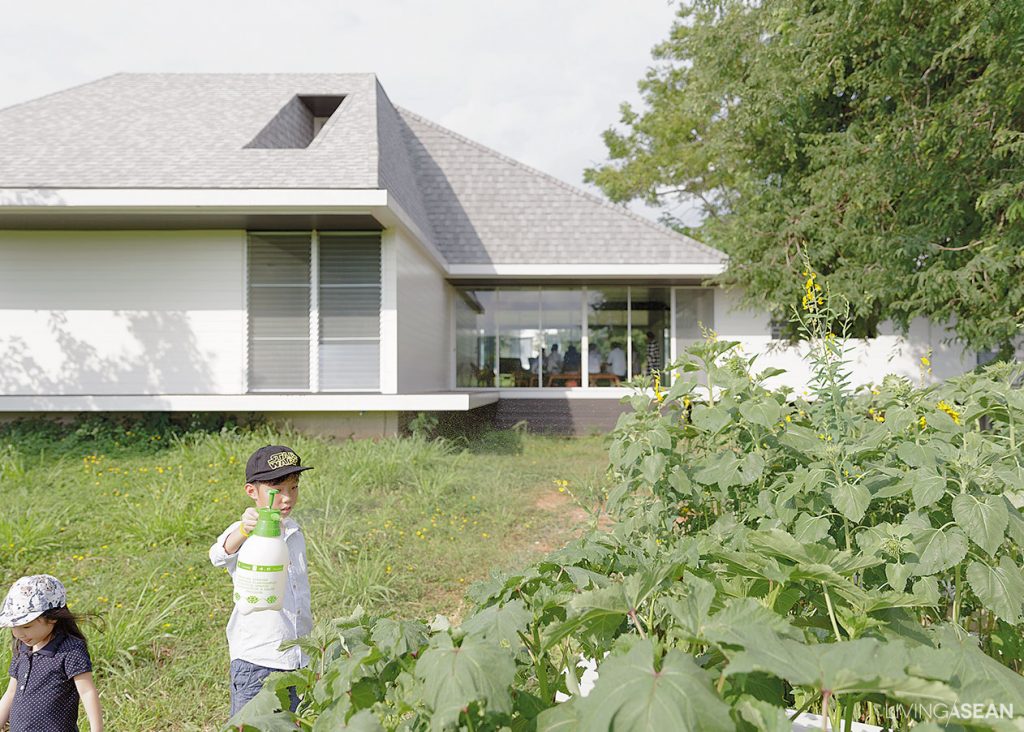
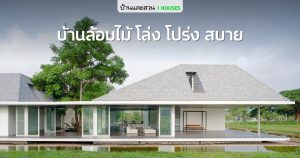

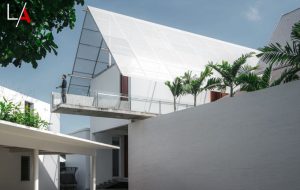

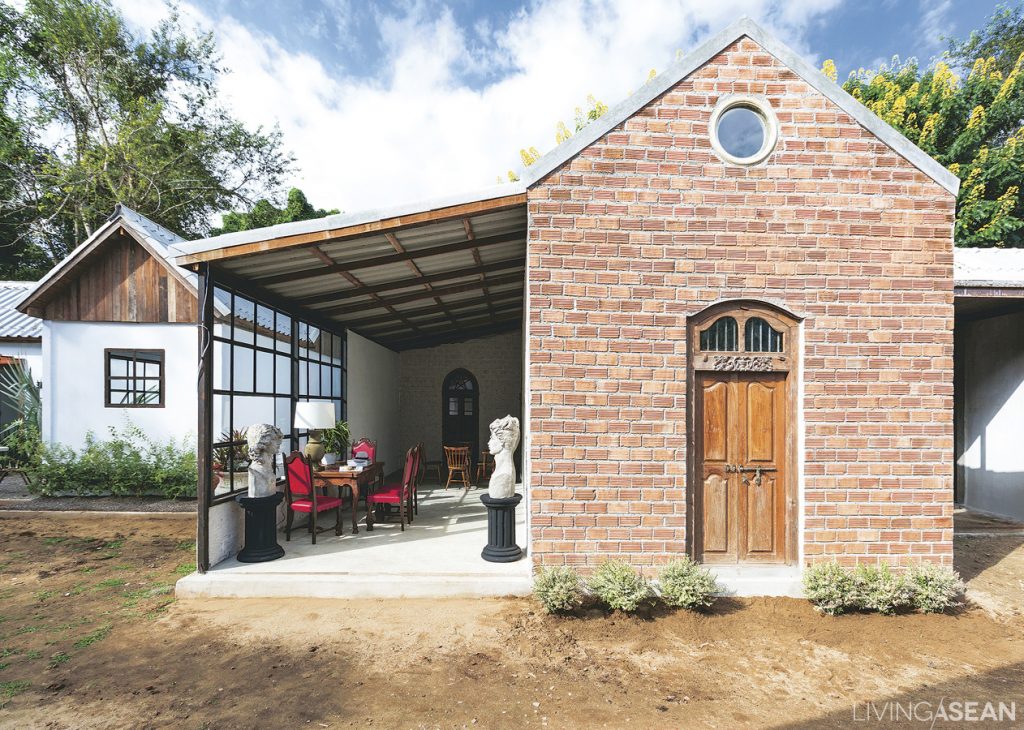
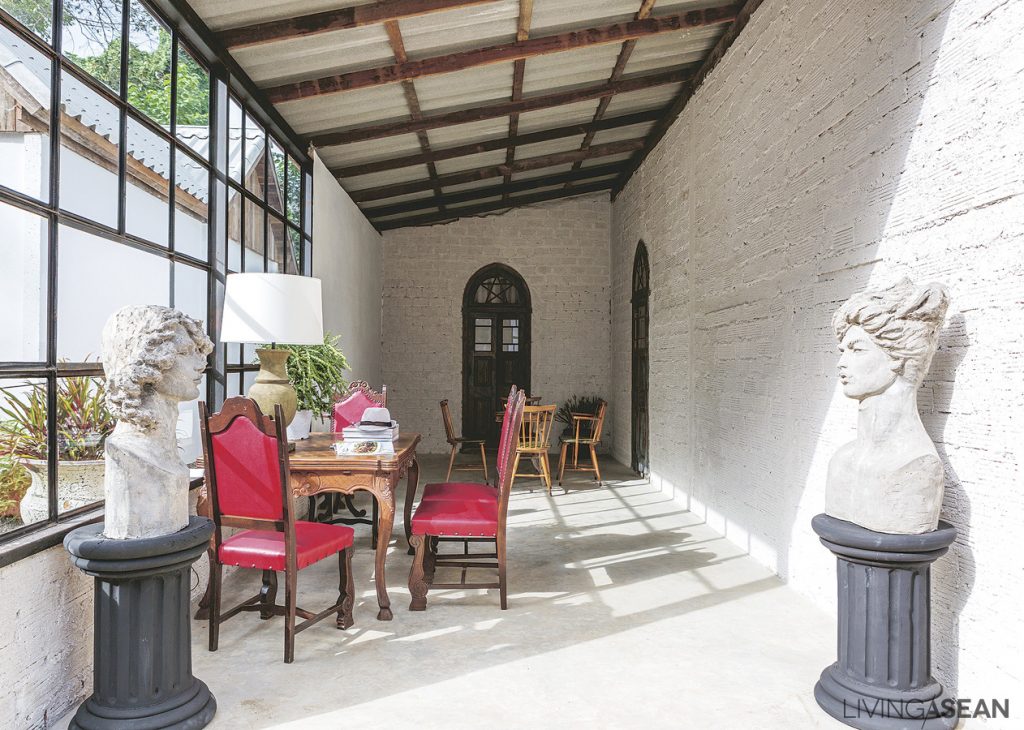
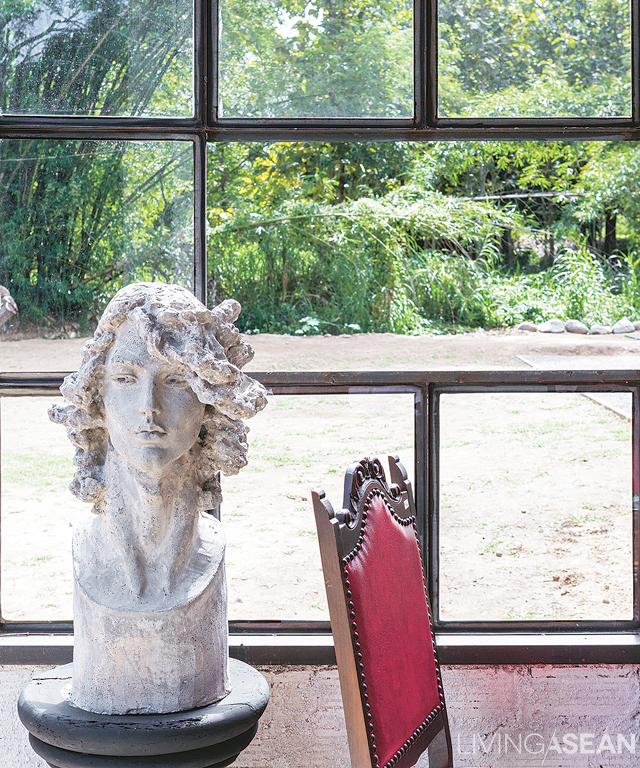
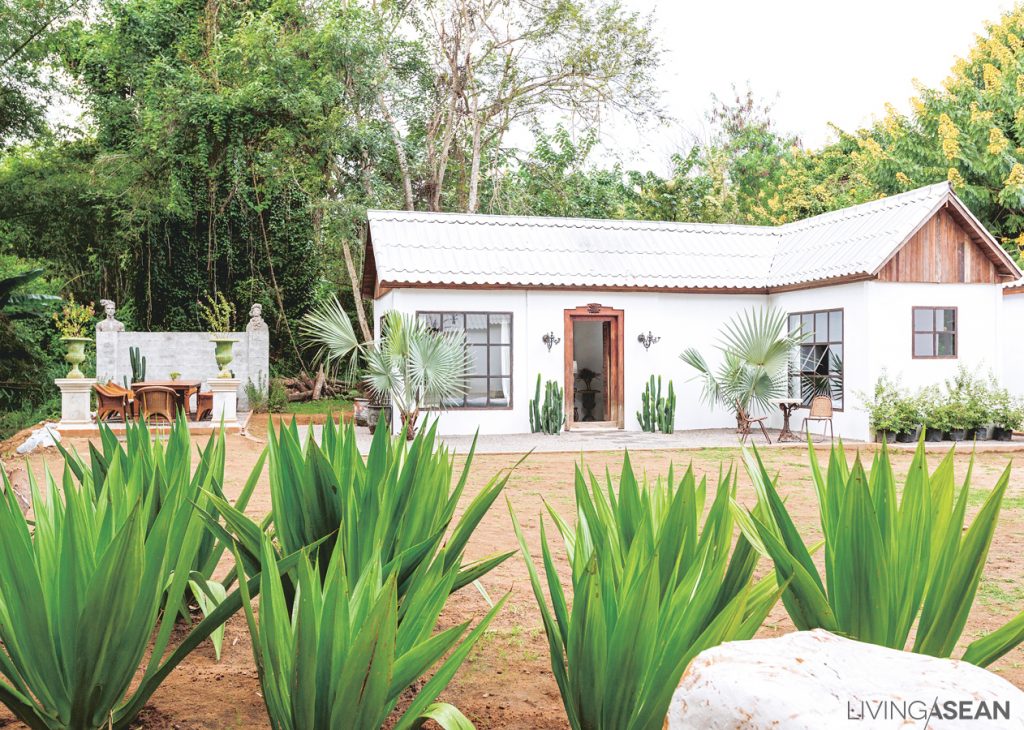
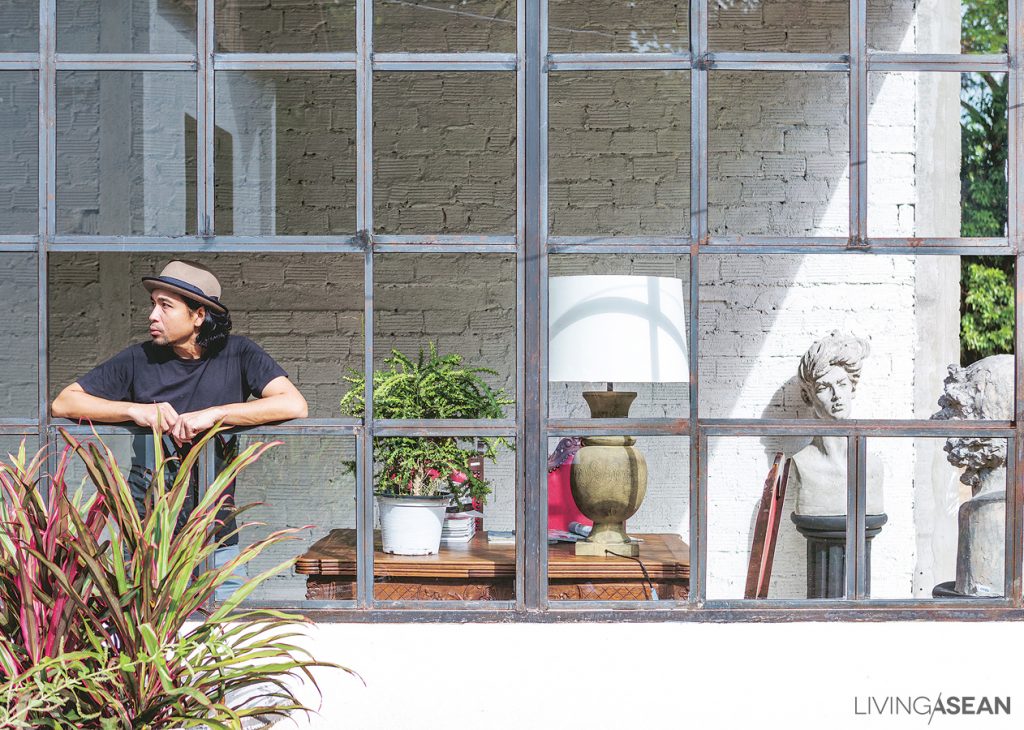
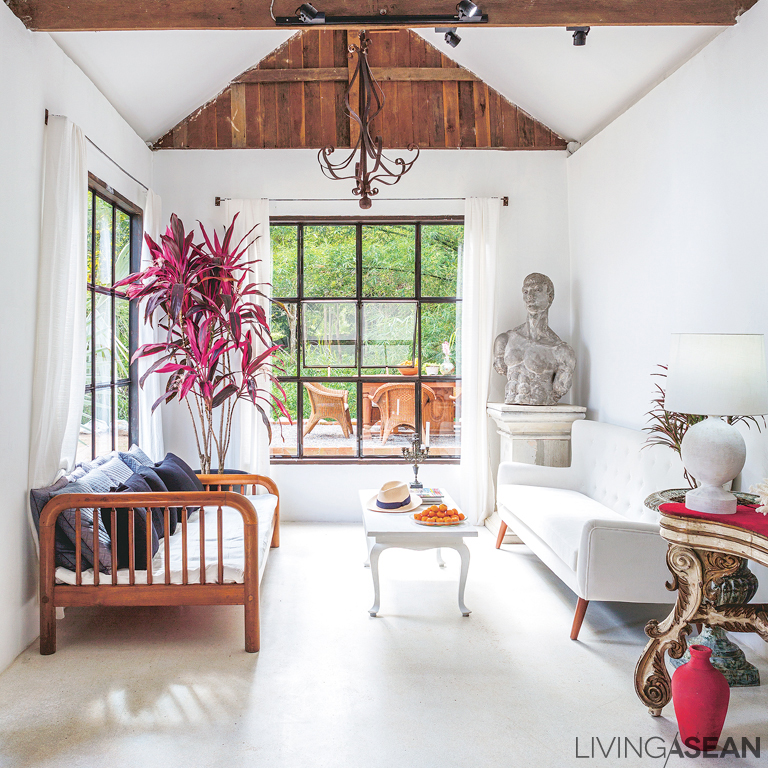
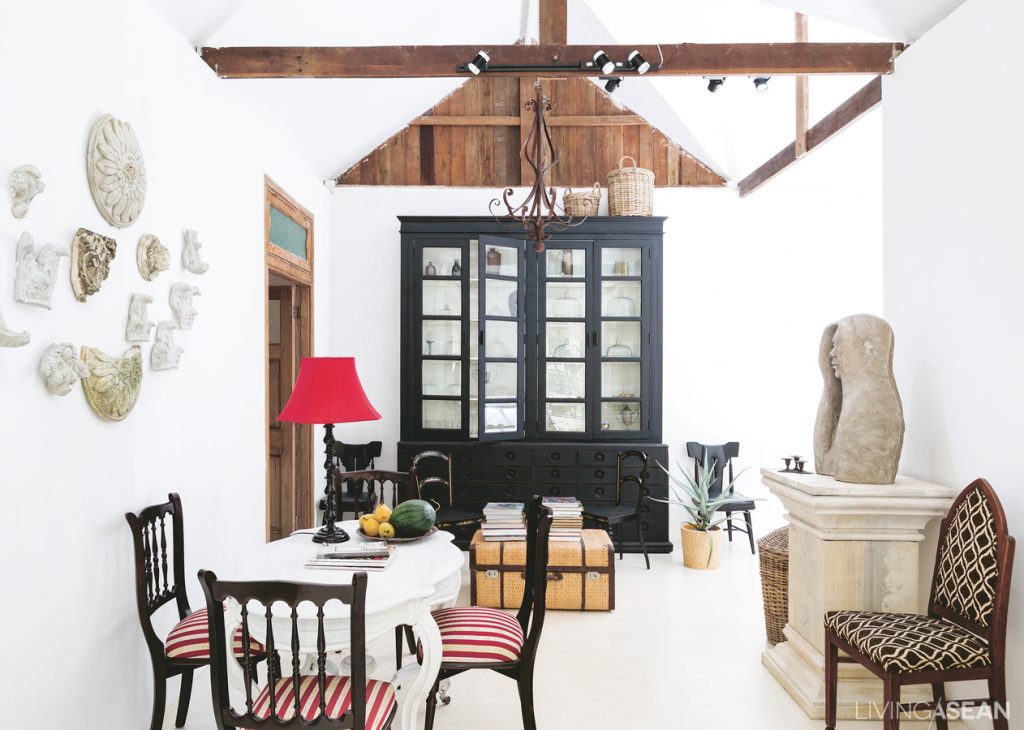
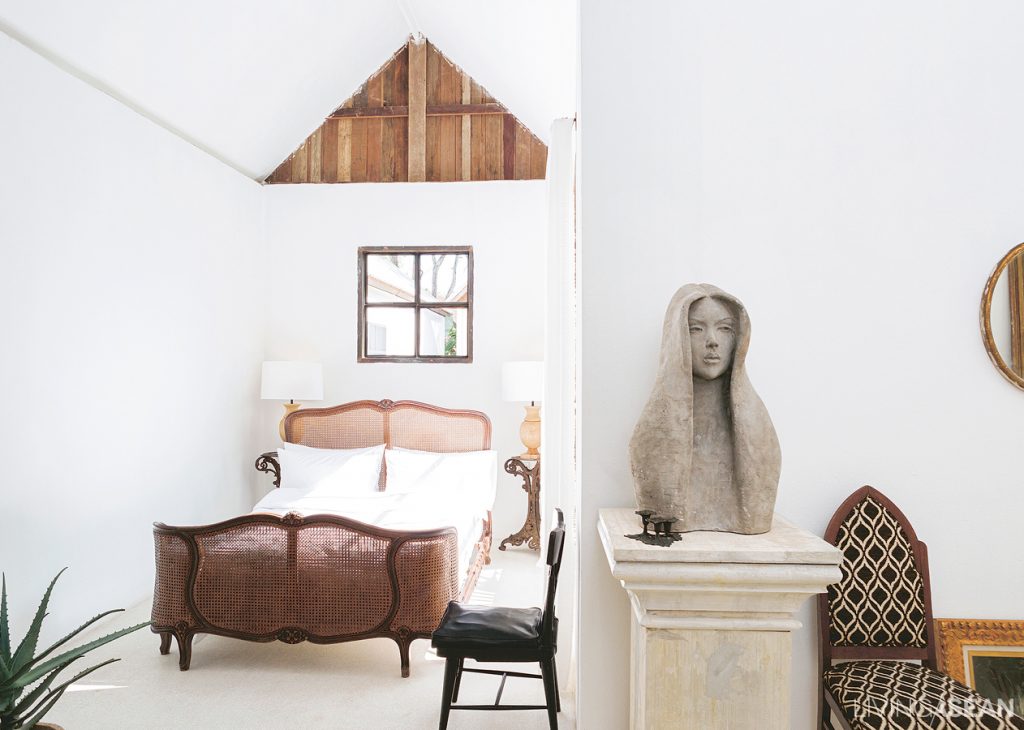
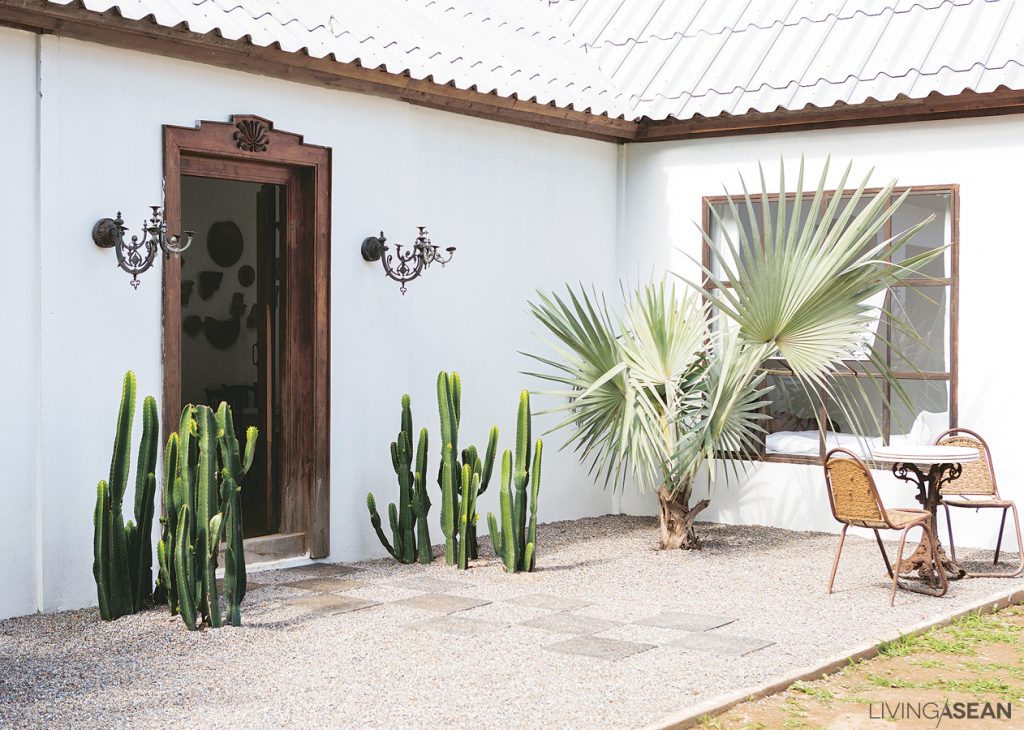
![[Left] The guest bedroom boasts the beauty of antique French furniture. / [Right] A sundeck with rattan furniture is designed for relaxation at the water’s edge. It is set on a pea gravel patio with retaining walls crafted of brickwork.](https://livingasean.com/wp-content/uploads/2016/11/010-3-1024x730.jpg)
